|
The alluring fantasy motif of Death Tales piqued my interest in this adventure game that previously had flown under my radar. Stylish settings, compelling character design and an overall beautiful aesthetic suggest a unique adventure in a strange but fascinating land. And while the beguiling presentation did contribute to an enjoyable experience in total, did other aspects of the game likewise rise to the occasion? Arcade Distillery does craft an impressive fantasy world with copious use of expressive lines, colorful palettes and fanciful characters animated in a style that at times reminds me of marionettes. The score includes vintage fantasy themes whether music in the early Soulless Realm levels that’s reminiscent of Tim Burton films or compositions in Forest Night Time locations that suggest a more dramatic adventure. The game’s levels also include the city of Vesilia, Mountains and variations on a theme. In this way, while the variety of locale is not extensive, changes related to the time of day or local conditions help vary the setting, including deep, vibrant earth tones during the day and shades of blue, purple, etc. at night, as well as backdrops of swaying trees, leaves, embers and more. The characters that inhabit this world likewise match the exaggerated storybook style and eye-catching color, whether the playable Reaper, sidekick Spaura (the Reaper’s Soul Bearer), the Grim Reaper, Death, Soulless Queen or others. Some resemble variations on birds, a dead deer, people, even frogs, but almost always with a creative flair – including the unique 2D animation – that separates them from ordinary creatures. All this helps establish the distinctive fantasy that is supported by little details like a grinning moon or sun that resemble the Cheshire Cat, trees (I think) that look like creatures or people, roots that conjure snakes, and structures that resemble birds. It’s an inspired setting for any game, and the premise of a Reaper traveling the world to gather souls for Death should make good use of such a fantasy setting. The story, however, doesn’t do it any favors. It can be a little hard to follow, partly because it scrolls at the bottom of the screen and partly due to a plot and wording that sometimes confuses. More clarity or text requiring a button press to proceed would have helped. That said, the story follows a Reaper who refuses to take a soul, setting in motion events that reveal a schism among the powers that be and imbalance in the world. For what it’s worth, the story has little practical impact on playing the main character of the Reaper. Regardless of the situation that the Reaper and Spaura find themselves in, the central task at hand is always the defeat of foes and the collection of their souls. Whether gathering them for the Grim Reaper and, ultimately, Death or helping displaced souls, the core action is still the same. Even side quests have the same impact. Speaking of side quests, as well as the characters that issue them, there are far fewer than I’d presumed given the marketing I’d seen. Aside from the main characters and a couple others at the beginning, there aren’t that many to be found and neither is there much in the way of quests. And to the extent there are any, they aren’t very consequential and don’t vary from the task of collecting souls. A video for the PC version in fact seemed to show many more character models than appear in the Switch version I played. I likewise expected more player volition given a choice presented to the player early on. But I can’t tell that the choice had any more impact than either rewarding the player or not. Also, I don’t recall another choice in the game. All in all, these early inclusions are exceptions rather than the rule. Thank goodness, then, that the central task of wandering the land and collecting souls proves entertaining in its design and execution. Players on the Switch can jump (B), attack (Y), dash (A), cast spells (left and right shoulders), aim spells (right stick up) and use special moves: heavy combo (Y,Y, hold Y; or heavy attack of Y 5 times), launch attack (hold Y), windmill attack (left stick up + Y) and ground slam (B + left stick down + Y). Controls are intuitive and responsive, providing fluid movements and constant action. Enemies can be kept reeling with repeat attacks and multiple foes can be hit at the same time, even launching adversaries together into the air with successive uppercuts. Players can dash to avoid hits or to strike quickly, including from the air, as is the case jumping, too, which also enables the ground slam move. The basic move set works well enough against various foes that include witches, other conjurers and various robot types using melee or ranged attacks. But the environment, foes or sheer numbers might require the use of other offensive options. And while players shouldn’t expect the standard arsenal of different combos or chained attacks, they’ll have a variety of spells and weapon variations to access during their journey. These additional items can be collected from chests, chosen at level completion, or purchased from the vendor Fiona in Vesilia with essence the player receives (along with spirit and life) upon defeating enemies. Among other things, they might enable players to spawn bullets, rockets or flame; summon meteors, stampeding unicorns(!) or a conjurer; or perform an extra action like a hit at the end of a dash. Besides sickles or blades, Fiona also sells armor and hoods, which all have either offensive or defensive capabilities. Similarly, spell-cast training can be purchased from Inan, a protector of the forests in Inan’s Cove. These all provide players with more options. And while players can select bounties from Vesilia’s Lead Reaper for eliminating enemies or bosses, their main benefit is rewarding players with essence to buy more items. What to do with all these items? The good news is that Arcade Distillery allows for five Gear Sets accessible from the Equip screen in the Menu (plus key). Each set allows a choice of Weapon (sickle/blade), Hood and Armor, as well as two spells (mapped to the left/right shoulders). Players can switch between sets on the fly, but also can alter each set anytime choosing among all weapons, hoods, etc. that have been collected. Part of the fun is experimenting with each loadout and figuring out which you like best including for a specific situation. For more demanding platforming sections, I chose a set with armor that uses wings to slow descent and a hood that enables higher jumps. For combat I generally preferred armor that boosts protection and life, hoods that spawned meteors or rockets, and sickles/blades that offered health or bullets. The plethora of options in this regard contributed to a degree of RPG inventory swapping. But they also have a visible and practical impact on gameplay. The action can grow chaotic when grinning meteors rain down, unicorns or conjurers leave a rainbow in their wake, rockets hit their targets, flames erupt, and enemies attack or explode in a shower of red (life), blue (spirit) and yellow (essence) orbs. The FX are a sight to behold when in pitched combat. And it helps that there is little to no noticeable slowdown when the action becomes frenetic. However, it’s also a distraction when the screen fills with activity. The problem is that the small player-controlled Reaper can disappear among foes and particle FX, in particular because he turns red when hit, the same as hit enemies. At that point, button mashing is the best option. The screen won’t always be filled with action, though, as some areas aren’t packed with foes and spell use depends on whether or not they have a cool down period and how much spirit fills the respective gauge needed to cast spells. Defeating foes can replenish spirit, and collecting spirit shards can extend the gauge, in the same way that collecting pieces of a torn heart card can gain one life heart. Platforming sections, too, can help break up the action, albeit not as much as you’d think. Gaps in terrain, varying elevations, moving platforms and various obstacles that fall, swing or rise task players with familiar challenges. But these can be complicated by attacking foes. Spell casting can help clear a path in lieu of ranged attacks, but they can sap the spirit meter needed to pull them off. In these ways resource management becomes more important, as players need to determine which Gear Set is appropriate for any given scenario, whether to select items with more offensive or defensive capabilities, and which spells might be best depending on their strength and cool down period. Now, this isn’t the most challenging journey, but planning in advance for certain foes or terrain can help player progression. I should mention that I’m not very good when it comes to side-scrolling games. But I did manage to get to the final boss. If I’d played local co-op, where a second player controls Spaura, I might have beaten it by now. The point being, that others by comparison might find the game easy. For me, the challenge was tuned just right. I died sometimes platforming and other times fighting, but never felt cheated or frustrated. To the extent there were disappointments, they were the aforementioned omissions, where better exposition would have helped the story, more gameplay variety or quests would have broadened the appeal, and player volition would have deepened immersion. It also doesn’t help that there was spell-cast training for spells I never saw (i.e., Heal Totem, Ice Block, Bomb Totem) that might have helped, at least against the final boss. Still my overall impression of Death Tales was a positive one where I was often entertained by the inspired, almost fairy tale like quality of the eye-popping presentation and beautiful fantasy score, and happily engaged by the over-the-top combat involving an arsenal of rockets, meteors and stampeding unicorns in the service of a sickle-swinging soul reaper. With its current $9.99 price of admission, the game is worth a visit. (This post is based on a review key for the Nintendo Switch version of Death Tales, which released December 3, 2020, and is also available on PlayStation 4 and PC.) (Be sure to check out additional images here: Screenshots.)
0 Comments
If you’ve seen any advertising or social media for Cloudpunk you likely were drawn to the dark, neon bathed metropolis bustling with pedestrians and drivers. The alluring cyberpunk setting in fact is well worth the visit. But the true appeal of this gem from Ion Lands is when players take a closer look, past the admittedly gorgeous façade, to discover a fascinating cast of characters struggling to survive a dystopian future where all is not as it seems. It’s worth noting that I spent the first two hours of the game (I’m currently about seven hours in) just moving around the colorful cityscape that is Nivalis. Ion Lands should be lauded for crafting a glorious setting of towering buildings in neon neighborhoods that are nonetheless distinct from each other, such as the claustrophobic jungle of Midtown, curved roofs of Little China, modular units of the Stacks, or casino/clubs of Fulcrum Sector. Indeed, the developer said that the city is one of the main characters of the game. And it most definitely HAS character. In my time with the game so far, I feel rewarded by the simple act of exploration. The level design consistently impresses with its verticality and depth. Every elevation seems to possess a neighborhood or single location worth a flyby or visit. This is in addition to the well-realized cyberpunk aesthetic that first attracted me. That aesthetic is the result of designing with voxels, a choice that makes sense when you understand – as the developer did – that the modern architecture of today’s cities is more modular in nature. Using blocks or cubes to build this metropolis therefore fits with the vision of a futuristic skyline. In that context, even voxel characters don’t seem out of place, especially androids or the many humans with cybernetic implants or other artificial accoutrements. The wisdom of this design is clear when exploring from the air. Flying is a treat whether following established lanes or venturing off the beaten path, snaking one’s way through narrow gaps or emerging above busy urban sprawl, all adorned with blue, red, green and yellow neon. Controls (on Xbox One) are simple and responsive, with the left stick controlling direction and the right ascend/descend, while RT/LT accelerates/brakes, and RB/LB strafes right/left. Managing ascent/descent while accelerating takes a little getting used to, as does flying fast into a turn where you can easily drift into objects. But practice makes perfect and learning when to do the former is part of the process. Importantly, I haven’t felt like I had to fight the controls. There are times when I feel like movement is blocked, but that’s usually because I’m in cramped quarters even if I can’t see it because of the camera in those tight areas. Helpfully, there are highways for getting around town more quickly, as well as vehicle upgrades that can be found or purchased. I bought improved bumpers before I realized I’d already found some earlier, and I paid for a kind of turbo feature that can be used by pressing a button. There are also mechanics where you can get repairs made, and gas stations for replenishing fuel (the HUD includes a fuel gauge, while smoke warns of damage). The HUD, which can be turned off, includes a minimap in the lower right with color icons that correspond to character tasks in the upper right. Helpfully, when in the same general direction, a single icon might display multiple colors. The map actually can be too helpful, even showing locations for pickups. But turning it off is problematic, as players can’t even see objects when dealing with merchants or dealers. One thing worth pointing out that you never want turned off is the incredible score. It’s a big reason why the simple act of exploration is so thrilling, as the electronic music is perfectly suited to the cyberpunk setting and can range from trance to upbeat dance. Like Daft Punk’s score for Tron: Legacy, it’s hard to imagine Cloudpunk without it. In fact, I’ll sometimes stop until a new music clip plays, as the non-music interludes feel lacking by comparison. Which is not to say that sound is lacking in the game, as there is plenty to immerse players in that department. The ever-present sound of your own hover car (including as it accelerates or ascends/descends), other vehicles not to mention occasional police sirens, trains, advertisements or government announcements, pedestrians/crowds, robots/machines, moving platforms and nightclubs all combine to effectively convey a bustling metropolis. Exploring the bustle of Nivalis on foot means first finding a space to park your vehicle (you can’t set down anywhere to disembark). Thankfully exploration on foot is just as simple as flying, and offers various perspectives including first- and third-person and several camera options for the latter. I enjoy first-person exploration, but prefer backtracking in third-person on exterior walkways as it provides a side-scrolling perspective of the immediate area. The only issues related to the camera when on foot involve a shifting perspective in third-person that sometimes requires a change in controller input, or the inability to see a pickup as you approach it in first person (as some lie flat, and unlike some games there is no pop up icon). But these are minor and controls, as with flight, work well and include the same buttons and commands. It’s also rare to bump into people or some objects, which can be nice or distracting. On foot navigation is helped with platforms that serve as people movers up or down or across large expanses. There are no accessible stairs I’ve come across yet. The only downside is sometimes having to wait for the platforms, which never appear to have anyone else using them. One preference is that I’d have liked to enter some establishments, especially those with open doors, but you can only enter buildings when the opportunity presents itself. Aiding pedestrians are portals that effectively teleport you to another area in the neighborhood. Like the platforms, these are marked in the HUD minimap. There are similar portals at the end of highways when in flight, though they take drivers to different districts of Nivalis and involve loading screens that require a momentary wait. On foot, travel through the portals is almost instantaneous. The same is true of some doors, once you’re allowed to pass. Thus far the only time my travels around the city were restricted is either when I’ve hit the ceiling or low point for flight, or when I’ve encountered a barrier on foot that requires something to pass (like a keycard or a favor for a bouncer). In general I’ve been impressed with how open Nivalis appears to be at least seven hours in, which is probably part of the reason I’ve spent so much time to date just wandering around. Other reasons for my wanderlust are the collectibles, pickups, upgrades, merchants, dealers, vendors, random characters and other NPCs my character can encounter. Players can obtain objects to sell or upgrade their home or vehicle, plus items that might turn out useful (an NPC happened to be a collector of an artifact in my inventory, which netted me an achievement). But the real allure is the characters you’ll find wandering or during missions. The story follows your character Rania, a driver for the semi-legal delivery service Cloudpunk, as she picks up packages and passengers throughout Nivalis. Everyone, and everything, has a story though Rania is encouraged at every turn to not ask questions. But it’s the captivating answers that provide the real color in this neon playground, and Rania is almost as eager to listen as others are to divulge their thoughts, feelings or worries about life in the city. The game starts out promising by introducing players to a forlorn android trying to put the pieces of its life back together, an engineer who marvels at a city that’s so old they don’t even have names for all the building parts, an AI canine companion only too happy to help with digital tasks, a chatty package and Rania’s boss at Control who appears to be trying to protect her from unscrupulous customers not to mention a pretty bad day at the office. Digging deeper you learn how androids might yearn for acceptance, a home or an occupation; how the city is in such disrepair that malfunctions or collapsing zones claim scores of citizens; how some will trade favors for drugs or obsess over a wrong; how shady characters and collectives operating on the fringes might be more influential than appears; or how an enigmatic AI might fit into the entire scheme of things behind the neon curtain that is Nivalis. Excellent dialog and voice acting go a long way toward immersing players, as do realistic but creative headshots beside dialog captions that put a face to voxel characters. And while there are no dialog options (which feels like a missed opportunity), players at times are presented with the option to pursue different actions. These choices can emerge from quests, which include collecting punch cards, getting engine parts, buying narcotics, or simply delivering your cargo. These, in turn, can open doors, figuratively and literally. Sell a valuable engine part to pocket the price and force an older racer into an overdue retirement, or deliver it to him and help him continue racing while paying off his debt to a mechanic. Deliver a ticking package or dump your cargo. It remains to be seen what longer term consequences exist for selecting one option over another, but at least there is some player volition during the game. The first choice gamers face is whether Cloudpunk is worth the investment in time and money. And for me the answer is a resounding yes. Ion Lands has crafted more than a pretty package. Interactions with citizens of Nivalis deliver the real goods, with discussions ranging from funny to poignant, adding heart at the center of a beautiful urban dystopia. Visit Nivalis for the glorious neon skyline, and you’ll stay for the colorful hover car confessions. (This post is based on a review key for the Xbox One version of Cloudpunk, which is also available on PlayStation 4, Nintendo Switch and Steam, and released October 15 on consoles.) (Be sure to check out additional images here: Screenshots.) Paradise Killer is not your typical video game, and we can all be grateful for that. Kaizen Game Works has built an elaborate fantasy where the principal gameplay involves interviewing colorful characters about outlandish acts while scouring an open world island for clues to a crime and even to the nature of this strange world. I'm multiple hours into the game, and I'm impressed not only with how players can start to piece together the chief mystery of the game through diligent detective work, but how their dedication is rewarded with details and lore that collectively help begin to make sense of this exceedingly bizarre universe. It's a rich, outrageous tapestry. You know you can expect a unique -- if not intimidating -- experience when the set up requires a few screens of background info. In short, the Syndicate has abducted Citizens to use their psychic powers of worship to ultimately resurrect their dead alien gods on successive islands perfected with each iteration despite corruption by demons attracted to the psychic power. This cycle decreases demonic corruption over time but involves a slaughter of island Citizens when each island dies. Island Sequence 25 was supposed to be perfect but the murder of the ruling Council during the transition, reportedly by a Citizen possessed by demons, halted the process and brought disgraced Syndicate investigator Lady Love Dies back from exile. To its credit, Kaizen Game Works provides a variety of options including turning screenshake and flickering lights on or off, selecting normal or open dyslexic dialog font, three kinds of color correction, and an autowalk setting. Controls themselves work well on Nintendo Switch: Movement (Left Stick), Camera (Right Stick), Interact (A), Crouch (B), Jump (R), Spring (Hold L), Torch (ZR) and AR Vision (Hold ZL). Navigation is simple, whether in TV or Handheld mode. That's important considering so much of the game relies on exploring the world of Island Sequence 24 (not to mention other locations I've visited thus far, including a pyramid and space; and the game suggests Island Sequence 25 might be an option). That's an aspect of the game right up my alley. I honestly didn't expect a completely free-roam game but that's essentially what you get (the only restriction I've found is a transition screen when riding a kind of Jet Ski). Walk, sprint and jump along paths, waterways, hills, beaches, buildings and other artificial structures. Players can even unlock a double jump to access more challenging areas. The game makes such efforts not just entertaining but worthwhile. Along the way, players will discover items like Blood Crystals (Syndicate currency) to purchase drinks from vending machines, operate foot baths, make blood donations at temples, curry favors, unlock fast travel, etc.; red, blue, green and yellow crests to install at certain stations; and relics (photos, carvings, etc.) with info or lore. Some related actions might, in turn, reveal more secrets like the location of important software upgrades, abilities like the double jump, more relics or Blood Crystals, important information, or -- in the case of fast travel unlocks -- wallpaper for your OS. Even the hidden items that don't appear to offer much value still contribute to the world's offbeat lore. Better yet, there are clues and other details throughout the island that contribute to your case, even in areas where you might not expect to find anything of note. For gamers like me who love exploration, that adds extra incentive and satisfaction to scouring every area. And there are many areas high and low, inside and out, to investigate along the way. To assist in this regard is a map, AR Vision and audio and visual cues. The map is only available via menus and does not show direction so is less helpful than other options like AR Vision, which is very useful for showing where, how far and how critical individuals might be at any given moment. Nearby items, conversely, will emit and show cues to alert you to their presence. When Lady Love Dies encounters others in the Syndicate, there will be scripted exchanges that help establish not only member relationships but her involvement as well, including her role as the former head of the Paradise Psycho Unit charged with protecting the council and how the god Damned Harmony's deception resulted in her exile to the Idle Lands. But there are also plenty of opportunities to help shape each conversation. Dialog options like Question, Doubt, Surprised, Irritated and Suspicious determine how Lady Love Dies reacts and how others respond. Such choices can prove useful whether in the initial discussion or when the player opts to address the Case Files or to Hang Out. Case File options allow the investigator to ask each individual about elements related to the case, such as certain deaths, the nature of security or its breaches, the prime suspect, others' alibis and even each individual's suspicions, alibi or possible motives. Hang Out is structured more like an informal chat and can explore their relationship. Even though I've been playing the game a while, it's too early to tell how impactful various dialog choices will prove later in the game, especially when making a case against a suspect. But I usually take advantage of opportunities to improve relationships and one did pay off when someone had a change of heart and shared more info than they initially were prepared to do. Likewise I'm eager to find out how several strategic choices play out, such as placating a character with an outsized ego, acting devout for a zealot, or telling a pesky demon that pops up everywhere what I believe it wants to hear. If the example above -- and notifications that I've increased relationships -- is any indication, these choices should bear fruit down the line. In the process of such conversations, the investigator will collect testimony, evidence and clues. Lady Love Dies can also use the Vision Engine for scene investigation, identifying and gathering key observations and items found at crime scenes or important settings. All such elements are then catalogued in her helpful Starlight OS for future reference. The Starlight interface (+ button) includes Investigation Notes, Case Files, Inventory, Population, Timeline and Music menus. The two most helpful sources are Investigation Notes, which includes notes on potential leads and suspects, and Case Files related to each suspect (Motive, Alibi, Alibi Breakers) and crime. These offer detailed refreshers on information gathered. The Inventory includes Key Items like a blood sample, unlock card, letter report; Upgrades to help unlock Nightmare Computer restrictions; and Relics such as photos, books, Island Sequence mementos, recordings and carvings. Population shows the Council, Syndicate and Citizens. Timeline displays History, Island Sequence 24/Current Island and Last Night. Music deserves more attention as the upbeat electronic soundtrack -- a kind of contemporary electro pop sound -- provides an entertaining background to the grandiose goings on. Tracks (cassette tapes) are obtained from radio towers that broadcast music and are played in a loop. Options in Starlight include edit, restart, shuffle and volume. The one exception is the jazz accompaniment for The Way of Blood Bar, a kind of hard-boiled interlude between two patrons of a cocktail bar -- in silhouette but suggestive of a man and woman -- who reflect on their current and past circumstances. It's an interesting mystery within a mystery, as it takes place in Island Sequence 25. In the process of exploring the island and investigating the crime, Lady Love Dies will encounter puzzles along the way. These include light puzzles like finding and placing objects, operating machinery in the proper sequence, and matching puzzle pieces to decipher arcane hieroglyphics of the Nightmare Computer. Like the puzzles, the game thus far is not necessarily challenging, though some strategy is involved in dialog choices or scaling areas for pickups. After all, Lady Love Dies -- like all Syndicate members -- is immortal. She'll land falls from any height without a scratch (helpful to reach some pickups), and resurrect at nearby spawn (save) points upon drowning in the ocean. Indeed, there's no combat that I've encountered yet. There's a gun that can be obtained, but it remains to be seen how it comes into play. So for some, the light challenge and dearth of combat might be a turnoff, but for me and others I imagine, it's a welcome change of pace in a medium where the former is standard fare. And standard fare is precisely what Paradise Killer is not. The over the top characters, ridiculous setting and imaginative lore all come together for an exceptional gaming experience. It's not without issues, like small text in menus (worst in handheld mode), lots of seemingly inconsequential pickups, and repeat lines whose spirit doesn't match the dialog. There are also minor presentation issues like glitchy lighting in handheld mode or rain inside the Council building. But the overall presentation and gameplay is simply top notch. A highly stylized, cell shaded world with distinct colorful characters and well designed layouts provide a dazzling backdrop for political/religious intrigue of the highest order. Immersive dialog options and platforming opportunities complement the stylish setting for a rewarding experience in total that deserves players' attention not just as a quality experience but as a unique one that has few rivals in terms of its operatic fantasy elements and investigative legwork in a crime drama procedural that's literally out of this world. (This post is based on a review key for the Nintendo Switch version of Paradise Killer, which is also available on Steam and released September 4. The game retails for $19.99 but is on sale for a limited time for $15.99.) (Be sure to check out additional images here: Screenshots.) Summer in Mara originally caught my eye with its charming design that displayed a kind of vibrant anime or cartoon style, interesting characters, beautiful settings, captivating music and pleasant gameplay variety. The promise shown by early clips and the aspirations of developer Chibig, a small studio in Spain, were enough to convince me to support a Kickstarter crowdfunding campaign for the first time. To judge by the first several hours, the game doesn't disappoint. It's no wonder that the creators found inspiration in The Legend of Zelda: The Wind Waker, Stardew Valley and Studio Ghibli films, as solid exploration, farming and presentation complement each other. Time will tell if minor issues grate over the reportedly 20 hour journey by main character Koa that involves 20 characters, 20 islands and about 300 quests. The Nintendo Switch version so far works well in either dock or handheld mode (text including dialog reads perfectly fine in the latter, for instance, though the map is an exception, and controls function reasonably well in both modes). I tried to keep my expectations in check when even the title screen wowed with an exuberant score and delightful graphics. Settings on this screen include language and volume for music or sound effects. It's worth noting that while the maximum setting for music is loud and clear, the same cannot be said for the maximum FX setting (and I know I'm not alone in this regard to judge by Discord feedback). Footsteps are a prime example as they're constant but barely audible, even when lowering the music setting. But character and ambient noises (there is no spoken dialog) like birds or ocean waves are more clear and add atmosphere. As for the music, I can't overemphasize how important the score is to the enjoyment of this game. The theme that plays during the title screen and the title sequence has become one of my favorite pieces of video game music. But the game's background music, too, is simply captivating. The use of string instruments like violin or guitar, plus whistling on more upbeat tunes, is wonderfully melodic and complements the game well. While there is no spoken dialog, conversations (advanced with the A button) have a realistic cadence and exchange between distinct personalities. For instance, young Koa can be headstrong, excitable and impulsive but also dutiful, respectful and eager, while Yaya Haku can be stern but also helpful, nurturing and encouraging. Residents of Qalis like Saimi or Edegan can start aloof or abrasive but warm up over time. Then there's Noho, who loves to tell tales. As for the game's visuals, the distinct anime aesthetic is most pronounced in the character design, particularly during conversations. There is a fantasy element to quidos of Qalis. Yaya Haku bears a resemblance to other quidos, though they represent a range of colors and various sizes. Koa is clearly more human in appearance, and there are other characters including some that resemble cats. The story to begin with is relatively spare as players are introduced more to the mechanics of gameplay at the start than to the narrative. But an opening cut scene sets the stage as a flashback reveals how Yaya Haku rescued baby Koa from a burning ship. Yaya Haku slowly reveals to Koa the importance of guardians in protecting from threats, which ultimately include an evil organization exploiting the ocean Mara for its resources. World building in Mara is impressive, with picturesque landscapes and attractive structures that are familiar but can display creativity and elements of fantasy. Scenes are alive with ambient sounds and fluid animation for Koa; clouds, grass and airborne particles blown by the wind; and fauna such as birds, rabbits, squirrels and fish. Characters, however, break that immersion by remaining in place at all hours, though their gaze will follow Koa. Sometimes, too, animation can glitch, be it clouds that are stationary at times or the day/night cycle. The latter generally works well though it can feel like it comes around too often as Koa tires easily at night. But effective lighting and shadows during both periods help sell the passage of time. One drawback is a quick transition from daytime to night, with a rapid descent of the sun and movement of shadows. The heads-up display is mostly uncluttered, which helps enjoy the scenic surroundings. There is a hunger gauge in the upper left of the screen, symbolized by four fruit that can be filled by eating or drinking. A bar accompanies them and appears to move in unison -- some suggest this is a stamina bar, but I don't see a corresponding change especially when running at a constant pace. When swimming, a breath bar appears below the hunger gauge. A welcome feature, at least for me, is that Koa can't get hurt in this game (i.e. by falling). So forgetting to eat/drink or sleep has no more severe consequence than forcing Koa to rest. That said, mandatory naps can prove annoying, as they're more frequent when Koa is hungry or tired, and sometimes food can be in limited supply such as early on in Qalis, where there are few fruit/vegetable-bearing plants and Koa has little money to buy any food. Players will be forced to return to checkpoints to nap (progress won’t be lost, but on larger maps like Qalis it can require backtracking, which takes up valuable time in between sometimes frequent naps). Thankfully players are alerted when Koa is hungry/tired so there's time to eat/drink if there's anything in the inventory. Likewise a day/night cycle clock in the upper right of the HUD can prompt players to have Koa sleep. Koa's inventory can be found by pressing the plus button to open the Menu. Inside, players can alternate between Map, Inventory and Quests using right/left shoulder buttons. Navigate the Inventory of Consumables, Vegetables, Materials, Sea and Special with directional buttons. Menu controls in general are fairly intuitive. The map, however, is not interactive at least early on. It only shows locations of characters, and quests don't appear on the map. The menu also can be accessed via directional buttons: Pressing up opens Quests and down opens Inventory. Pressing right or left equips or cycles through tools. Which tool is equipped determines the respective actions available via the X or Y buttons. Pressing X with the hoe equipped brings up the Inventory, with the axe or hammer it brings up Build (fence, chicken coop or well). The Y button is effectively the action button. Pressing Y with the hoe equipped enables prepare soil, plant seeds, harvest vegetables and clean weeds; with the axe, chop trees and build/destroy (i.e. chicken coops, pig pens, fences); and with the hammer, build/destroy wells or smash stones. Holding Y repeats the action until it fills a gauge and the action is fulfilled, the menu opened (if it involves the inventory), or a prompt indicates the next action. With the hand icon selected, Y enables hit trees or plants, which knocks fruit like apples, oranges or blueberries to fall off (thankfully they don't roll away from the player's grasp, as can happen in other games). Y also enables talk and navigate boats. One downside is that targeting can be a challenge when objects are close together, i.e. instead of destroying a fence I'm beside I get options to clean weeds, prepare soil or plant crops. Destroying objects breaks them down into their component materials for use in crafting. Wood, stone, etc. can be used to craft pens, wells and other structures. But, as with drinks or meals, recipes are needed first. These are given as reward for completing tasks in the world or for others (i.e. gathering oranges unlocks the orange juice recipe). Crafting/cooking takes place in Koa's home, with options for Tools, Workshop, Kitchen and Sleep. Cooking can involve fish, which can be hooked at specific locations by ponds or the seashore. Fishing is a minigame that requires a rod, fishing line and bait. Players first have to press the displayed button (which changes) when a moving sphere hits one of two concentric circles, then keep a rectangle in sync with a fish icon moving along a horizontal line. Success nabs a fish; failure, trash. It can be exacting, but an entertaining diversion. Crafted objects can be placed with thumbsticks and/or directional buttons. The process, like with crafting/cooking, is intuitive and relatively quick. The left thumbstick also controls walk/swim/steer boats (add the right trigger to move faster, the left to reverse boats). The right stick moves the camera. These controls work well, though boating can be floaty/imprecise, and the camera can't pan up (a shame in Qalis with its large buildings/structures). Koa seems to be able to run indefinitely, especially as the bar with the hunger gauge doesn't appear to behave like a stamina bar. That said, she did lose the option to run on two occasions (after receiving instructions, like checking a light by the beach). She also teleports back to a checkpoint if she strays too far afield. Koa can also jump satisfyingly high with the B button, clearing many obstacles, though invisible walls prevent some leaps. The fact that movement in general works well is a blessing in a game where exploration is so important, whether Koa is gathering fruits, vegetables, nuts, fish or stone on her island; boating or diving on open waters; or visiting other islands in the same archipelago. And although the base mechanics are solid and enjoyable, the game would benefit from a less restrictive design around rest, not to mention a fast travel option that doesn't exact a high cost. Be that as it may, Qalis is a wonderful place to visit. The city itself is larger than I expected, with several city blocks of multistory buildings at varied elevations. On one hand it resembles a popular seaside town including picturesque parks with a playground, rolling hills and wildlife; beaches with umbrellas and sunbathers; and an oceanfront walkway with benches and street lamps. In many ways it's idyllic but it also manages to be distinctive. Fantasy elements add character and a unique feel to Qalis, such as an open-air market in the hull of a boat-shaped structure that's topped off impressively by a whale blowing water out of its blowhole. Elsewhere, there's a building with a giant hand attached, another with a planet topping it off, and at least one with Asian influences. The resident quidos likewise come in a variety of character models that are creatively designed and well realized. Interesting characters and dialog options are complemented by various NPCs with their own commentary (though as with other games, models and commentary can repeat). Their outsized personalities not only entertain but will give Koa quests that will send her to get information or objects from others or other locations. An early questline, as an example, sends Koa to retrieve a plant from her island for Saimi, but first she must get a special tool from Caleb, who in turn wants crops from Koa. So Koa has to return to her island to plant Caleb's seeds, grow his crops, return them to Caleb in Qalis in exchange for the tool recipe, return to her island to craft the tool, harvest the plant and return to Qalis to give the plant to Saimi. This follows a fetch quest pattern that fans of RPGs will be familiar with. It also follows the established means for one way of obtaining recipes that will help upgrade Koa's tools, which will be necessary to do additional things that she couldn't before including removing weeds, breaking down boulders or harvesting certain plants. So this will open up new gameplay options as Koa's journey continues and no doubt also help progress the story forward. Chibig has also planted the seed (pun intended) for the gameplay that follows with a philosophy toward life that Yaya Haku passed on to Koa early in the game. Namely, that we must always help others; that every action, no matter how small, can benefit others, whether it's bringing someone something they need, or planting a seed. And while there are truly mean people, others that appear mean are lost and need help to find their way again. It's hard to argue with such a wholesome, proactive and restorative philosophy, especially when it factors into the gameplay in such a significant way. No doubt that approach will help players progress, though the charming world and melodic score go a long way in that regard. However, obstacles such as backtracking between islands, cumbersome fast travel, and hunger/sleep demands could weigh on players' overall enjoyment. That's a concern, but honestly it's too early to tell. I might be several hours into the game, but bear in mind that up till now I've only visited two of the game's 20 islands, have not had an opportunity to explore the game's underwater environments and have only begun the story and its 300 quests. There is a lot for me yet to explore. Any issues I've encountered are at worst inconveniences along the way. Indeed, to judge by the first hours of Summer in Mara, the game has met and in some ways exceeded my already high expectations. The colorful natural and artificial settings, imbued with creative fantasy elements, are bolstered by equally colorful personalities in support of fun, intuitive gameplay elements and bound together with a captivating score and wholesome message to deliver an entertaining journey that hopefully in the long run can overcome a few early issues. (This post was based on the Nintendo Switch version of Summer in Mara, which released today, June 16, 2020, on that platform and on PC. It releases later on PS4 and Xbox One.) (Be sure to check out additional images here: Screenshots.) Wurroom is the creation of Michael Rfdshir and Serge Bulat. What kind of creation is open to interpretation. Described as an interactive art experience or short exploration adventure game with casual point-and-click puzzles, its surreal imagery, lack of context or structure, and experiential gameplay defies familiar labels. And in this way, it proves that art is in the eye of the beholder. Indeed some have suggested this roughly 10 minute long experience is not a video game at all. By that same token, I imagine others will claim this is not art. But as far as I'm concerned, it's both and helps push the boundaries of the medium in important ways that hopefully continue to redefine the nature of video games, their place in entertainment, and their acceptance as a legitimate art form. The game begins with the warning “this game could be played only in handheld mode” because, as players soon discover, gameplay involves touchscreen controls. This is entirely appropriate and verges on the absurd (in a good way) given the opening setting reveals a surreal landscape populated by hands (walking on index and middle fingers), before a large hand comes down and scoops one up. From that point on, players will use a hand icon with moving fingers to accomplish a variety of tasks. The first interactive scene includes a simple sculpture of a head (think Easter Island) and a shovel. Pressing on the screen reveals a hand icon, which then grabs the shovel. Dragging one’s finger across the screen moves the grabbed object, while pressing anywhere moves it immediately to that spot. If you land on an interactive location, animation will be triggered either in-game or as a cutscene. The animation is appealing, as it’s in the Claymation – or stop-frame animation – style (with malleable objects reportedly handmade from plasticine). The animation can create more gameplay options or lead to another scene. Pressing and dragging can activate buttons or levers, for instance, or even transform the clay object into something else. These are the chief gameplay elements. Players might interact with seemingly inanimate objects like cubes or with other creatures, though most things in this pliable world aren’t truly inanimate. Most move on their own or when the player interacts with them, either automatically or when pulled on. There are snails, TVs, mugs, etc. among settings in the air, on water, on land and in blank spaces save for a few objects. All are colorful and each has a distinctive feel, even when sometimes displaying a similar object(s). The music is perfect accompaniment for the unusual visuals, with a synth sound that at times simulates wind instruments and/or percussion for a contemplative or upbeat score. There's no question that this world dazzles at the same time that it intrigues. Even if players are left without words adequate to describe their experience. All the creators ask is that you participate. Like the pebble that leaves expanding ripples in its modest wake, players literally touch this world in simple acts that transform it in significant and unexpected ways. And those interactions entertain at the same time that they confound. It is accessible and enigmatic -- both easy and hard to put your finger on. Video game and art. A beautiful and fun curiosity. But that's all the more reason that gamers should seek out this unusual title. At about 10 minutes long and either free or costing at most $1, it's a negligible investment in a thoroughly trippy exercise that stays with you long after you finished playing. Controls are simple and intuitive so don't get in the way of an interactive world that only asks you to leave your expectations at the door while it rewards your curiosity with an unusual journey. (This post was based on a review code of Wurroom for the Nintendo Switch, provided by Sometimes You. The game released April 1, 2020, on that platform and on PS4, and is currently $0.99. It released November 8, 2019, on PC and is currently free on Steam.) (Be sure to check out additional images here: Screenshots.) Virtual reality is made for games like Good Goliath, where players immerse themselves in the fantasy of creating havoc as a giant. Grab and toss people or the weapons they hurl your way as successive enemy waves seek to bring you down. It's standard fare that's elevated by the unique perspective, fun scenarios and overall polish, though the sometimes imprecise and repetitive gameplay threaten to cut it down to size. First, a disclaimer. I've played for hours, but so far have progressed only through the first third of the game (more than three of nine levels). I'm admittedly not the most coordinated gamer. So I will (and you should) keep that in mind as I discuss what is generally a fun game to begin with that most gamers will likely enjoy for its sheer scale, sense of humor, intuitive gameplay, inspired art design and quality production values. The first thing players will notice in this Knocktwice Games release is the entertaining voiceover that introduces them to the plight of the giant. The narrative and storybook delivery create a fairytale premise for the misunderstood Goliath, who intends no harm and just wants to return home but has alarmed people by appearing at a time when giants no longer roam the countryside. This conflict provides context for the confrontations to follow. While the story provides the foundation for the action, players will be motivated not just by survival but by scoring. All damage dealt by gamers is tabulated for a final score at the end of each stage and bronze, silver and gold medals awarded at the end of each level, if I recall. Extra points are awarded for multiple hits, long distance, etc., as well as for taking no damage and clearing a stage quickly. Bullseyes encourage extra target practice. Of course, players won't need such encouragement when faced with waves of villagers, knights or pirates, and their catapults or cannons, or tougher enemies such as witches, conjured or captured giants, and section bosses. Gamers will be too busy fending off or returning fire with pitchforks, halberds, lances, barrels, explosive barrels, cannonballs and even wagon wheels, boulders, sharks and fireballs. Gameplay boils down to outlasting waves of enemies by avoiding incoming fire while also snatching some projectiles from the air for a return engagement. And it can be quite funny, as foes will launch their own screaming people at players, who can lob them back or toss them into the ocean to lure a shark, which in turn will do more damage. But do check yourself for pointy objects (pitchforks, halberds, spiked bombs, sharks) and clingy people! Enemy targets like people or boats can take three hits depending on weapon, though weapons like anchors or sharks are one-hit wonders, and explosive barrels of TNT or bombs can take out multiple foes. And for the record, the latter attacks are sites to behold, with nice particle effects and lots of debris. This is especially true of Peasantville, the first level, which features destructible environments dotted with bullseyes. For all the damage that the player can do, they're vulnerable to being hurt, too. The game does warn players to tilt their heads to avoid projectiles, but this fool will tell you it's not foolproof. Some attacks during the game can be avoided but others cannot, and players can still take damage. Thankfully, bakers will helpfully walk or float by carrying healing cakes that players can nab with a well placed hit. This is one of the key gameplay elements. While some weapons will be tossed at the player, others will need to be obtained by hitting a respective target. Critical blows will force people to cough up explosives, boats to launch their anchors into the air, and giant skulls mounted on pillars (pirates are a resourceful lot) to disgorge their cannons. Combined with using people as shark bait or cannon ammo, it's an important strategic consideration. So how does all this play out? Like the combat in most castle-defense games or horde-type game modes, enemy waves in each level start out simple before progressing to more challenging stages. To begin with, the Move controllers function well, especially given the basic mechanics of grab, throw and deflect. The headset, too, manages to track dodge movements well enough to avoid danger. Indeed snatching objects out of the air and tossing them back is extremely fun and rewarding particularly the more damage you inflict. Players are literally giving as good as they get, and there is a real sense of satisfaction and just desserts in that effort. Plus, it's surprisingly easy to catch pitchforks, halberds, lances, etc. despite their narrow circumference and quick movement. But the real joy is in catching clearly terrified people or ravished sharks. This is where the game shines, but also where I struggled. The more enemies and projectiles on screen the more options players have both to select a weapon of choice in any given moment for each hand and also to identify which target to hit. And this happens constantly in real time. Grab lesser weapons to force foes to give up TNT or bombs, use those to cause more damage and/or retrieve the same or anchors, etc. Imagine dodging incoming attacks while reaching up to snatch projectiles out of the air, swinging your arms down to toss them at explosives carrying foes or boats, raising your arms again to collect those explosives tossed up as debris, dropping your arms to throw them at enemies, catching anchors or other debris, tossing those, while also using foes as shark bait or hitting a baker for healing cake. And repeat nonstop until the wave is defeated. This also applies to when bosses are on the field, though naturally they present their own challenges as they're tougher to bring down and hurl kinds of boulders at players, all in the midst of smaller foes and enemy catapults or cannons still firing on all cylinders. Helpfully, blue-tinged boulders contain orbs that detonate on impact, though both they and red-tinged boulders have to be punched apart first. All told, battles are high-intensity affairs. It's during such barrages that players might encounter issues with responsiveness or targeting. I found that the more hectic is the battle and the more quick are my movements, the harder it was to dodge attacks, catch projectiles or hit my mark when targeting foes. This could be an issue of tracking via the headset or motion controllers or, admittedly, worse coordination on my part when panicking under fire. I know for a fact I'm less adept than others when it comes to demanding gameplay, so I do take that into consideration and make allowances when writing my impressions. It's possible this won't be an issue for many. Still, I always appreciate when developers include multiple difficulties, or customization options to improve accessibility for gamers. And to their credit, Knocktwice Games allows players to adjust Throw Strength. If I recall, the default Throw Strength is set to 6 out of a total of 10. I maxed out mine and it did in fact improve my throws as farther targets were much easier to hit. But it didn't help me enough. I would have been grateful for other difficulties or a feature in games like The Persistence, which controls targeting (and teleportation) with the headset and, if I recall, uses a targeting reticule. But again, I expect most won't struggle like I did. In fact, there is plenty of promise to judge by the early levels. The quality presentation, storybook aesthetic, sense of humor and generally well executed gameplay allows them to stand their ground in the shoes of a Good Goliath in a way few, if any, games can. It's worth checking out, especially for players who have better than woeful coordination, and who won't easily tire of castle-defense or horde-style gameplay. (This post was based on a review code of Good Goliath for PlayStation VR. The game released March 31 on that platform as well as Oculus and Vive.) (Be sure to check out additional images here: Screenshots.) It was gratifying to see over 50 works in progress by independent video game developers at the recent DreamHack convention in Anaheim, CA. In its inaugural West Coast appearance, the event that showcases online competition also helped promote games like Undying and Kynseed, which I cover below, as well as Cepheus Protocol, Adventures of Chris, Delphyq and WaveBreak, which appear in other posts. Undying The trailer for this action-adventure survival game by Vanimals promises an emotional story at the heart of a disturbing journey through a nightmare world. As a fan of The Last of Us, that's hard to pass up. Indeed this tale of a mother's struggle to save herself and her son from an encroaching zombie apocalypse is an appealing premise amid the allure of a stylish setting. The mother in fact has been infected by the zombie virus so is racing against the clock not only to find a cure or at least to find someone who can help her cure herself, but also to locate a safe place for her son to live and for her to teach him what he needs to learn to stay alive. The boy starts very young and inexperienced, and needs to be taught how to fight, craft, cook, scavenge, etc. The demo actually starts out as a kind of escort mission as players control the mother with her son in tow. Thankfully, though, he is not much of a burden. I was especially impressed with a scripted moment that saw his mom instruct him to hide and the boy dutifully disappearing into a crawlspace amid rubble. The ability to fight off undead without such worry was appreciated. In this regard, he'll prove useful even before he learns other skills. His smaller frame will allow him to access areas that his mother cannot, such as crawlspaces or vents, whether to hide or to help solve puzzles or take advantage of co-op opportunities. The demo was an early portion of the game, so the boy's capabilities were limited as he and his mother explored the city. Urban and suburban areas are among the different zones or biomes found in the semi-open game world. Each has its own distinct activities and events, such as scavenging in the city and suburbs or hunting/gathering in forests. Survival is key regardless of zone, as players will need to carefully manage the health, hunger, thirst, stamina and rest of both mother and child. The child's happiness and morale will also require the player's attention. For example, if the boy becomes unhappy, he'll be less likely to want to help his mother. It's an intriguing element (that might pique the interest of fans of The Thing video game) that could add an interesting dynamic. If taken care of, her son could be an asset, including during combat. There are melee weapons and guns, and both mother and son can use any weapon. However, the game and demo begins with the mother protecting them both and she proves capable especially with found objects. Combat is relatively simple to begin with and easy to control. Players eventually can craft weapons and ammunition, as well as improve or strengthen them, as they otherwise can break. The demo overall was a very playable introduction to the game that showed off basic elements of combat, exploration and story. It was easy to pick up and the highly stylized settings and character models showed a compelling aesthetic from a slight isometric viewpoint. The only issue that I recall was impassable stairs without obstructions, but this was an early build and will be addressed. The game's biggest challenges will include finding resources and fighting zombies as well as rescuing survivors and facing factions. But Undying is narrative heavy and will be driven by a story that is dramatic and emotional. The story does hold a lot of promise, and the demo was an enjoyable and promising introduction to a game I look forward to hearing more about. Kynseed The premise of Kynseed – where players can experience generations of the same family – proved too alluring to pass up, especially when the setting is as picturesque as the land of Quill. Indeed PixelCount Studios includes veterans of Fable games intent on creating charming, eccentric and humorous adventures in a beautifully hand-crafted world. Gameplay is intended to allow players the opportunity to control a character that ages while they farm, run a shop, explore, etc. and make decisions that influence generations. Gamers can then play as their character's children to expand on the family's legacy and reputation in the unique villages, valleys and meadows of the world as well as the mysterious fairy tale forests. Villages have their own customs, traditions and festivals as well as villagers with their own attitudes ranging from cheery to humorless. Players can use this information to form relationships and succeed at business. But if gamers want certain materials to craft better items or create more potent recipes, they might have to fight denizens of forest – monsters of folklore or Fae folk – to get them. I made the most of my limited time with the demo, considering attendees were waiting in the wings and the person at the booth was preoccupied. Importantly, I believe I heard that some of your choices could take years off your life, perhaps due in part to the mystical nature of the Kynseed from which your family tree grows. That would help propel time forward in a game about generations of the same family. That said, I didn't play long enough to experience such choices. My time with the game was limited to exploring Quill on foot and, happily, on pigback. The pig is easy to control and moves at a fast enough pace that riding one is a joy. Walking certainly is a fine option, especially when you'll want to take your time to enjoy the bucolic setting, but exploring via pig just makes everything better. Speaking of the verdant scenery, players will rarely find more beautiful wilderness. Pastoral imagery of tall trees amid green meadows of flowers bursting with color and occasionally punctuated by deep blue streams or pristine ponds creates a sublime vision. Subtle animation of foliage blown by a breeze or water gently undulating, plus various insects, animals or petals and leaves, all add to the wonderful aesthetic. Structures, both inside and out, are just as thoughtfully rendered throughout the landscape. NPCs likewise reflect distinct features and clothing. My overall impression after my brief time with the demo is of world building that is consistently of a high quality. Moving freely between areas felt like an organic, complete whole, though a map or other guidance would have helped keep me from getting lost. Now, for all I know these exist in the demo but I didn't find them and was without assistance. And admittedly I like to wander instead of follow a path. So I did come across some characters outside what likely was a farm or other large dwelling. I enjoyed the dialog, which involved one of them warning me that I'd better disappear before the owner/proprietor came back as they would not appreciate finding me there. I didn't know what that was about but was curious and excited to find out, though of course I didn't stick around and proceed to explore some more. I didn't fish when I came across a pond, though someone before me did, to comical effect as they ran around with the fishing line still firmly submerged in the pond. As mentioned I had precious little time with this demo though I did enjoy exploring the small corner of Quill that I managed to piggyback around in. If those few minutes, and the early access trailer, are any indication, Kynseed should be a game that deserves more attention and a deeper dive by players interested in the kind of experience such am RPG might be able to offer. For more photos from the show floor, visit here. The inaugural Anaheim, CA, appearance of DreamHack succeeded in promoting over 50 video games by independent developers, despite its renown as a convention heavily geared toward online competition. I demoed works in progress Delphyq and WaveBreak, which I cover below, as well as Cepheus Protocol, Adventures of Chris, Undying and Kynseed, which I cover in other posts. Delphyq This RTS shooter by Beyond Red Wave Arts is designed with a real-time/pause system to provide more realistic tactical combat than available in a turn-based game. The core gameplay mechanic has players controlling a squad by issuing commands to them while the game is paused, then unpausing the game to have the squad execute the commands. Your squad is made of rebels, seven outcasts trying to overthrow three oppressive corporations that rule the world. They're fighting for a good cause in an epic story about corporate power that is relevant to the modern world, so the developer hopes players will relate to their principles and what they're fighting for and become attached to them. I'm a console player, so had to get used to the WASD camera controls, including rotating the camera with Q and E. Thankfully the camera can shift to virtually any perspective so monitoring the squad while scouting maps and enemies is helpful. At the start, I clicked and dragged over the entire squad to advance as a group, though detection meant a hasty retreat and more careful tactics. I didn't pay attention to begin with to abilities or skills like medic, sniper or assault, focusing instead on orders including call, sprint, stance (standing/crouched), engage (attack/stealth) and wait. (Call and wait can be used to chain commands.) Once engaged, I ordered an attack. But also sent some members forward to cover (movements can be plotted, with body outlines indicating if cover is an option). Enemy units were defeated, but managed to injure squad members. Health and energy can be monitored via gauges, and replenished with area of effect actions, whereby the medic can perform a group heal or the tech can refill energy bars (energy is for shields and a power source for abilities). But resources can run out. For instance, if using power for abilities, the shield is being depleted. It's therefore important to find charging stations for replenishing one's health or energy. But be aware that only one unit can be selected at a time to use a charging station. When trying to use a charge station on one wall, I inadvertently sent my squad around the wall right into enemy forces, a mistake that can happen at times. It's especially important to keep gauges full because incapacitated squadmates can bleed out if a timer expires or the unit tending to them doesn't have enough energy to revive them. They are then lost for the rest of the game. There are no reinforcements or recruits. Therefore, as the saying goes, the best offense is a good defense. Careful strategy and tactics are key to making progress. Part of a good strategy is infiltrating with stealth as far as possible before the squad is forced to engage the enemy (keeping in mind that when in stealth, units won't fire). Once any member is detected, a reinforcements timer will count down. When that happens, it's important for players to get their squad out of danger before the timer runs out. Once the squad finally engages the enemy, the full game will allow players to implement an auto pause if a squad member is shot. That member might be doing something critical when shot, such as facing something important or about to kill an enemy, and if shot they might turn around. An auto pause will ensure engagement is a conscious decision by the player. But if all goes according to plan, players will be able to dictate the terms of engagement with the enemy. The call command can be used to coordinate their raid, effectively chaining commands such as using code A to send a unit to one corner to throw a flash bang while using code B to send another to a different corner. When the game is unpaused, the player can watch all the action unfold. Of course, I learned of all this the hard way when it was time to infiltrate a building. Besides struggling with how to open the door (a unit has to be selected then asked to interact with the door), I didn't realize players can queue commands past the door so as soon as it's opened, the squad can rush through and carry out their respective orders. Though apparently that wasn't working well for the demo. At this point I was still moving my squad en masse so inadvertently alerted the patrol inside to our presence. I was able to position a few into cover but spread units too thin and some became incapacitated. With the reinforcement timer counting down, I desperately tried to revive units only to place others in danger and my mission quickly fell apart. This was due in part to enemy AI, which has been in development for more than a year and a half. The studio has worked hard to make enemies intelligent, giving enemies a way to score their actions to determine what is the best thing to do at the time. In our firefight, they immediately took cover, then spread out and advanced under cover, attacking as the opportunity arose. My squad, on the other hand, was not only handicapped by my ill-advised foray into enemy territory and limited familiarity with controls or gameplay, but by realistic consequences that involved squad members being unable to fire back when hit by enemy fire and moving slowly when injured. Pressing the Z button can undo commands, but even that can't help once the mistakes have piled up. It's a hard lesson to learn, especially when playing a demo for a limited amount of time and learning controls on the fly, but the key to the game is getting the drop on the enemy to avoid the reinforcement timer and then, once it's triggered, beat it. Players have to get their squad in, conduct their mission, grab everything that they can and get out before reinforcements arrive. A big part of every mission is collecting intel during primary, secondary and optional objectives. Intel provides key information for future missions such as blueprints, enemy types and charging station locations. When selecting missions, players should choose the one with the most intel gathered. Then they can plot routes based on all the available intel. Intel will also help determine what units to bring. Each unit has its own specialization and upgradeable abilities. Some have a very short range but when in range they are fast to the trigger; the heavy is for farther distances, but less accurate; while support units are for medium distance. This is to encourage tactical choices, such as engaging with longer range units before flanking with close quarter units. Beyond Red Wave Arts wanted to give tactical minds a game that's not available. Delphyq is inspired by X-COM, Jagged Alliance and Full Spectrum Warrior, but is a very complicated game that is designed to appeal to a specific kind of gamer. And while it might not appeal to mainstream players, the studio will adjust difficulties later on to make the game more accessible. The studio also holds out the possibility that a very tactical e-sports type challenge might be possible in the future. But multiplayer is not an option right now as the small studio is focusing all its efforts on the campaign. The team has grown from eight to 11 in the past six months (prior to that, five people were working on it), so the rigors of developing a rich single player experience takes all their time. The Steam demo is free, so interested gamers can try it out. The game is a deep dive with lots of options for players who prefer complete control from planning through execution. Controls are comprehensive, the presentation is detailed and polished, and gameplay is solid and suspenseful. With time to learn controls and gameplay, Delphyq's take on tactical shooters should find a dedicated niche. Wave Break It was a pleasure to see and demo this game again, after having tried it for the first time when visiting the Funktronic Labs booth at IndieCade two years ago. In this competitive on-rails stunt game inspired by classic arcade skating games like Tony Hawk, Wave Race and Rocket League, gamers try to earn as many points as they can in a single round by playing modes such as the main mode of Trick Attack. Players begin by selecting their character from among six choices of bear, otter, raccoon, dog, owl or crocodile. They can choose from Trick Attack, Free Skate, the multiplayer Deathmatch and Turf War, or a campaign that will feature a very light story and several missions per level. At launch the game will likely have five levels, with one added soon after; all will be quite a bit bigger than the demo level. There are tasks to complete, collectibles to find and a variety of tricks at players' disposal. X/B buttons allow tricks to be performed while in midair. A lot more moves are planned, with at least four for every face button on the controller and combo moves. MP weapons include a rocket launcher, AK, M4, Uzi and shotgun, while a flamethrower and melee weapon might be added. The busy booth meant I had to reacquaint myself with the demo controls so eventually figured out some tricks but not soon enough to prevent ill-timed jumps or wayward wipeouts. The reasonably sized map had abundant rails, jumps and landmarks to trigger stunts, plus interior and exterior settings to explore, so players with more game experience could take advantage of the many options. And while I didn't get to try the multiplayer modes, I did watch the developer demo one of the modes and was impressed with some of the different weapons and the respective particle effects and explosions. The demo certainly is more comprehensive than the last time I saw it, and it speaks well for the production in general that everything is more polished and benefits from greater content. As players progress, they earn money to purchase stat points for themselves or to upgrade their character. There are also customization pieces that have some stats on them. Some boats can drive or handle a little better, some can jump higher, etc. Boats are the main vehicles and can be bought as players go along, but there are other water vehicles like jet skies or speedboats. In general the boats handle well, a variety of tricks are a button press away, and map design offers multiple stunts and scoring opportunities in single player. The bright, colorful presentation and animated characters provide a charming setting, even when characters are gunning for each other in multiplayer. The fun foundation is strong and Funktronic should continue to grow the game in exciting ways. For more photos from the show floor, visit here. I have to hand it to DreamHack for dedicating a section of their Anaheim, CA, show to independent video game developers. This inaugural West Coast appearance of a convention heavily geared toward online competition made room for creators demoing over 50 video games, four tabletop games and 11 student games. Among stages and play areas set up for esports, an expo area provided a venue for the Indie Playground. This is where I demoed games and spoke with their developers or representatives. Works in progress included Cepheus Protocol and Adventures of Chris, which I cover below. Delphyq, WaveBreak, Undying and Kynseed will follow. Cepheus Protocol A video showcasing the latest build of this isometric squad-based tactical shooter was my first introduction to the game only a week before the show. Based on that video, this became a must-see demo for me. It had the appeal of a tactical squad-based shooter like Ghost Recon and a top-down survival horror aesthetic like Dead Nation. Cepheus Protocol is a real-time strategy game by Halcyon Winds that tasks players with controlling units sent into San Francisco to deal with the spread of a destructive virus. A Defense Team protects a home base, while an Away Team is deployed to pursue objectives. The game features eight-person teams and multiple formations for tackling each challenge. Players select units by dragging the cursor across them, choose a formation, then right click to select a destination. Individual movement is also an option. When grouped, formation selection is important. For instance, a V formation can funnel the enemy into the middle, but teammates will lower their weapons and not shoot to avoid friendly fire. In that case, players can select a different formation. But in the middle of a firefight, players can also rotate the formation while holding down the right mouse button. This also helps cover the flank when in formation. Units will fire on enemies in front of them but if attacked from behind, enemies can grab and turn units around. If they get too close, a bar will fill and, when full, units will die and attack the team. I learned this lesson the hard way when I was preoccupied with the area and enemies ahead of my team and neglected an attack from behind. Thankfully, controls are fairly intuitive, especially with a HUD that includes a lot of information such as icons for actions or formation selection. Combined with well-integrated mouse control, planning and reacting are equally helpful, and pivoting on one’s six is easy. One thing that I thoroughly enjoyed and likely spent way too much time on was adjusting the dynamic isometric camera. It allows for complete control of pitch, angle and distance, adjusting zoom with the middle mouse wheel, lowering and raising the view while clicking the wheel, and rotating the view by moving the mouse. Players can view from any perspective with fluid camera movement and detailed graphics. In fact I was distracted with how good the camera was and put my team in jeopardy. After selecting an objective with a right click of the mouse, my team ran toward it and I zoomed in on the action, oblivious to the threat that lurked off camera. It's a good thing, then, that the camera is so easy to control, as players can quickly zoom out, re-center on foes, and reposition units if necessary. Team members, which represent classes like spec ops and medic, are armed with assault rifles, sniper rifles, machine guns, shotguns, pistols, etc., each with a certain range. Players can order their teams to fire, but they'll do that without instruction as long as the enemy is within their sight – lines of sight appear on screen, but can be turned off if too distracting, which can be the case on occasion. If a team needs ammo, players can grab the ammo icon and place it in front of the team. Ammo will parachute down and players can select the team and spam the refill option. It’s relatively simple. When at an objective, a team member can be placed on the objective to trigger the next scene/action. Of course, I couldn’t because the icon was over water, until I chose the pier directly beneath the icon. As team members gain experience, their ranks and skills likewise will increase – the more they fight the enemy, the higher their ranks and the better their ability (at the beginning they’re hesitant but as they fight the virus more they’ll become more confident). Opposing them are several kinds of infected, from smaller foes to larger tank-like enemies to hulking beasts. Enemies have different capabilities. Tall, skinny foes can leap at the team, some enemies spray caustic spit, heavier adversaries can blow up when near, and a colossal juggernaut can overwhelm. Settings can be adjusted to add a red outline for visibility of enemies, which spawn from nests that have to be destroyed. A nice option is dropping an airstrike by selecting the nest, though friendly fire is a risk. I mostly encountered standard foes during my brief demo. They are generally quick (with fluid animation), so although you can race to your next objective, a more cautious approach is a good idea. Indeed the team can get overwhelmed if too hasty. I did manage to find a nest, but either due to location and/or proximity, could not implement an airstrike before the captain was killed and mission failed. Your teams, conversely, have a home base they must protect. The Defense Team can be set to defend against attack, including establishing patrol points. Fast travel allows the Away Team to return as necessary. For instance, DNA samples collected by your scientist in the field are turned into the command center for points that can purchase better weapons or abilities for the team to help it fight the virus. Halcyon Winds has crafted a living, breathing world where threats can emerge anywhere at any time. If the Away Team spends too much time in an area, the AI will start attacking other areas to keep players on their feet. The AI in fact will behave differently every time, so enemies might attack from a different area during a new play through. Whether playing the really hard missions later on in the game, or replaying Cepheus Protocol, players will want to keep their options open. For instance, units can be controlled individually or grouped into small or large teams; and teams can be made up of different classes or a single kind like assault or spec ops. But there’s always a trade-off to consider. In the end, choices become very strategic. There’s so much to do that a keyboard is best suited to the gameplay as opposed to a controller. Halcyon Winds in fact looks to bring the setup for MMOs over to the game because many are used to that. And while they’ve taken inspiration from games they love that are RTS, MOBA, etc., hoping it satisfies players that want a strategy game, they’re also differentiating this game from others in the genre. The game is designed so everyone can play it differently, as opposed to RTS titles that can be linear experiences. Players select where to go on the map, and each grid will have a color that corresponds to the threat level. So a green area might have fewer foes than a red area. Players can then decide squad makeup, size and formation, and opt for a tight formation or sending units to the left, right and down the middle. The Away Team and Defense Team both can be customized. Players can build an entire team with one class, like spec ops, or choose one or two snipers only. The home base and its defenses, such as turrets, likewise can be built by the player. One way to accomplish this is to take down bounties – or minibosses – like the juggernaut in order to earn in-game money for spending on upgrades. Bounties are important because the game has no microtransactions. Everything is bought with in-game money earned while playing. Taking out a bounty like the juggernaut can net a reward like $60,000 for buying weapons, defenses, etc. Earning bounties and experience like killing infected also raise ranks for better target acquisition and overall combat. Also helpful is conducting virus research via the scientist. Besides focusing on gameplay, the developers wanted players to care about the characters. The lead writer, whose game-related novel provides a backstory to Chelsea (patient zero) and explores why Capt. Winter joined the CERC (think CDC), crafts a story of how Winter is sent to combat the virus and Chelsea, who is using the infected to take control while trying to resist the alien infection within her. Steam early access for the PC game starts May 15 and includes a free roam mode on Treasure Island and Yerba Buena Island. This mode is basically an open world chess match battle against the virus, which should play differently with each attempt. The full release is planned for Q4 with a different game mode(s), storylines and (replayable) missions in areas like Alcatraz, the Presidio and downtown. Cepheus Protocol has been in development by Halcyon Winds for 1-1/2 years with 20 people working on the game. I came away impressed with the vision of the developers and with the demo. I'm not an RTS fan (or PC gamer), but this had an arcade feel despite how deep it can be, meaning controls are intuitive, the HUD and gameplay are well integrated and it's just plain fun to play. I can't wait to see how this evolves. Adventures of Chris I've been following this game's development for a while now so was eager to demo the game for myself. The side-scrolling platformer by Guin Entertainment (lead developer Chris Guin, to be precise) is inspired by '90s TV children's cartoons and sports a similar aesthetic and sense of humor that, along with clever gameplay, help this creative title stand out from the crowd. Conceived as a story-driven, character-rich, hand-animated '90s-style cartoon, the game follows an ordinary overweight nerdy kid in 1995 (modeled after the developer's own childhood) as he and other children are abducted, taken to Transylvania and turned into toys. Chris can change into a balloon and uses his new superpower to try and free the other children and, ultimately, save the world. Chris learns how to control his power in the Kingdom of Lost Balloons, and discovers that the world is filled with supervillains like the kind that you might have seen in Darkwing Duck, Captain Planet or Teenage Mutant Ninja Turtles. They are in settings like Los Angeles, Mexico, Chile, Malaysia, Tokyo and the Great Barrier Reef, accessible when Chris floats up and off the screen. In the demo I visited Malaysian swamps (including a sunken temple) with flying fish and mosquitos (there's a mosquito boss), some of whom spit acid; Tokyo rooftops with bats and ninja cats that hurl stars (the villain there is a big ninja cat, basically); and the underwater reef teeming with jellyfish, predatory fish, crabs and sea urchins that shoot spines (a large urchin is the villain). Apparently two of the settings I visited are among the more difficult. And my journey was no piece of cake, though I'm not the best platform gamer out there. Thankfully controls are fairly nimble and responsive, with basic moves like jump and crouch simple to pull off. Helpfully, Chris can inflate to reach higher areas for exploration, a tactical advantage or to avoid danger. For example, Chris can float above flying fish, underneath ninja cats prowling rooftops (using his hands to move along the eaves), or around mosquitos and bats. He can float among the clouds, or underwater as he's pulled by a sub while avoiding jellyfish, hungry fish and prickly urchins. Of course navigating such platforming elements can present a challenge. Whether it's platforms above swamps, eaves underneath rooftop foes, underwater tunnels or an elaborate system of ducts/vents, players will need to judge when to inflate or deflate, or how to control the sub, to avoid the various threats of each setting. My judgement and timing leave something to be desired, but such obstacles can provide a rewarding challenge with a little practice (and help, in my case). Also helpful against foes are special skills, such as a powerful punch or fireballs; specialties like a super bounce (to jump high), a dash kick, or a super punch (where Chris rockets forward – a powerful move that comes later in the game); and a bunch of spells (i.e. fire, ice, lightning). The regular punch and fireballs are easy to pull off and effective, with the latter also helping light dark areas. All told, players can acquire a significant roster of attacks, as well as upgrade health, magic and helium. The latter is possible in the Bakery when visiting the Kingdom of Lost Balloons: a strawberry shortcake upgrades health; keylime pie, magic; and a cola float offers additional helium. Chris can also purchase shirts – a red one, for instance, provides armor. For an even more custom experience, players also can change difficulty mid-course by using the menu button, selecting options and choosing the difficulty of their choice. Once players unlock everything there's still more to do as they can use those abilities and upgrades upon revisiting different parts of the world where new opportunities have opened up. The Kingdom also includes a Library with books that have been collected from different levels. A secret treasure/prize awaits those players who find them all, but they're also filled with lore, explaining the backstory of all the villains. Levels also include collectible flags of the countries Chris visits. Books and flags figure prominently because the designer enjoyed them as a child. Adventures of Chris has a charming design and creative gameplay, and my time with the demo reinforced my excitement for this title. The varied settings, their impact on gameplay, and the compelling action including platforming make for a consistently entertaining experience. It's a thoughtful concept and a fun journey that I look forward to hearing more about. For more photos from the show floor, visit here. Cyberpunk is having a resurgence of sorts in pop culture, a development that is especially pronounced in video games. High profile titles have garnered attention, and smaller releases are helping raise awareness in general. But there is an indie game that lately deserves a higher profile. 7th Sector released this week on consoles, and it is a creative and atmospheric side-scrolling puzzle game that entertains on multiple levels. Developer Sergey Noskov and publisher Sometimes You have found a winning formula with a unique experience that not only alternates between different avatars and varied gameplay mechanics, but presents a narrative that is at once appealing and confounding as it centers on a main character (or characters) that is either human or artificial or both and is desperately fleeing an existence and society in disarray. It is enigmatic and relatable. Players, after all, begin as a figure on a TV screen that breaks out of the picture tube to become a spark traveling along circuitry. At other times players will control objects including an RC car, an electronic sphere, a mech or robot, a kind of drone and a person. Sometimes the transitions are seamless between avatars, other times they are implied or imagined. Is it the same essential spark that energizes each avatar? What is the connection, if any? These are mysteries that gamers are encouraged to figure out for themselves. And in case you wonder whether I spoiled too much, I'm still coming to grips with what I experienced and in no way feel like I have all the answers. In this way, 7th Sector is a puzzle itself that needs decoding, from control panels, computer interfaces and mechanical obstacles that use math, pattern recognition or another test, to its dystopian world of organic/mechanical conflict. The puzzles themselves offer a refreshing array of challenges. Math skills will be sorely tested as there are multiple obstacles that require the correct combination of data though sometimes in different formats. A variety of tests involve pattern recognition but in assorted displays. Physical obstacles demand speed and precise timing across varied settings. And melee or ranged attacks also factor in to different scenarios. It's a wealth of puzzle content. Thankfully controls are relatively simple and reasonably configured on the Nintendo Switch. Movement is responsive and fluid, and interaction with objects is simple and intuitive. To facilitate actions, animation is smooth. Depending on the avatar, players will sprint, crouch, traverse gaps, operate controls or machines, avoid detection or assault, attack, solve problems, etc. And apply each ability in a range of situations that keep such tests fresh. I don't want to give away too much about the puzzles as they represent the chief element of gameplay. But I will say that they can be challenging, though for most gamers that's likely a positive. I definitely enjoyed the broad variety of challenges and the consistent entertainment value, still there were times that I was frustrated either due to the nature of the puzzle, how the presentation could interfere, or the precision timing involved. As a spark, traversing cables while evading disruptive charges is fun, but attempting obscure mathematical puzzles -- including one with unclear symbols -- was not. Using a mech to clear a path is a blast, except when fired upon from foes offscreen. Traversing an obstacle course is exhilarating, but not when there's precious little margin for error. And controlling the RC car is a nice option, except for unintuitive 3D movement and items that get stuck in irretrievable places. Of course, fans of 2D side scrolling games can expect trial and error gameplay. And most gamers seem to enjoy a tougher challenge than yours truly, who just wants a fun escape at the end of a hectic work day. So while I might chafe at an obscure math problem or rage at my umpteenth attempt to avoid the same obstacles, I suspect most gamers will appreciate the challenge. As long as they keep the Switch docked; details are too small to be helpful when portable. Did I mention there are four possible endings? The one I unlocked (and that I've seen online) reinforces the enigmatic nature of the narrative in general, though it does give rise to some suspicions I have about the story. That said, I'm curious if the other endings might contribute any more to one's understanding of the game. But to be honest, I prefer its mysterious nature and how it can be open to interpretation. Combine the varied and challenging gameplay with a mysterious if spare story, a genuinely compelling setting and a classic art design that appears to take inspiration from Blade Runner and Ghost in the Shell, and you have the ingredients for an entertaining journey. The score and sound FX also complement the game well. All in all, it's an excursion into a dystopian cyberpunk world that's worth taking for those with a sharp mind, steady hand and quick reflexes. (This post was based on a review code of 7th Sector for Nintendo Switch. The game released February 5 on that platform as well as PlayStation 4 and Xbox One, following an initial release on PC.) (Be sure to check out additional images here: Screenshots.) |
Author(SEE "ABOUT" PAGE FOR LINKS TO SPECIFIC BLOGS.) Archives
October 2023
Categories |

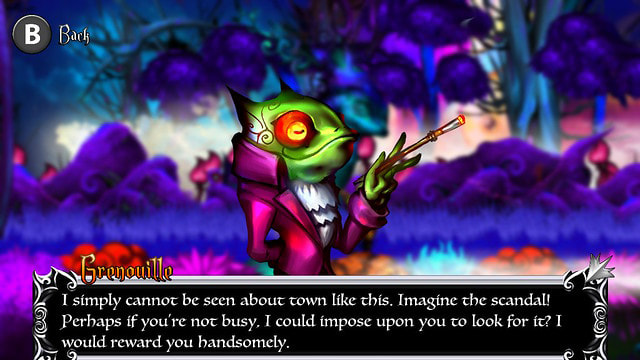
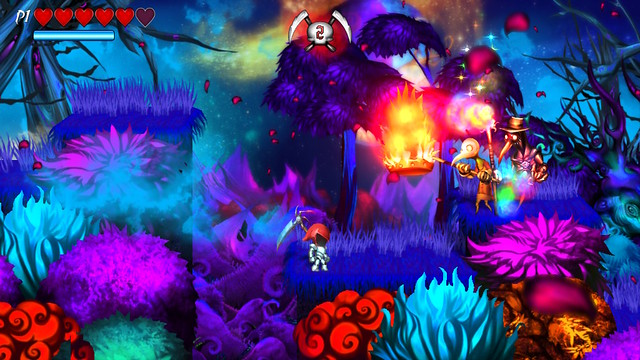
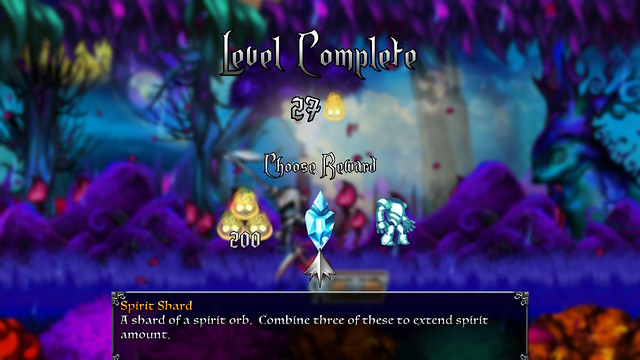
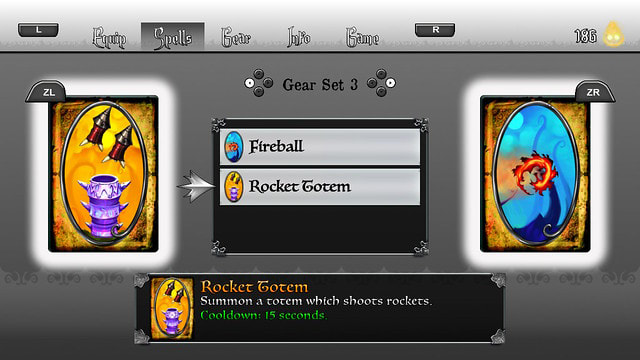
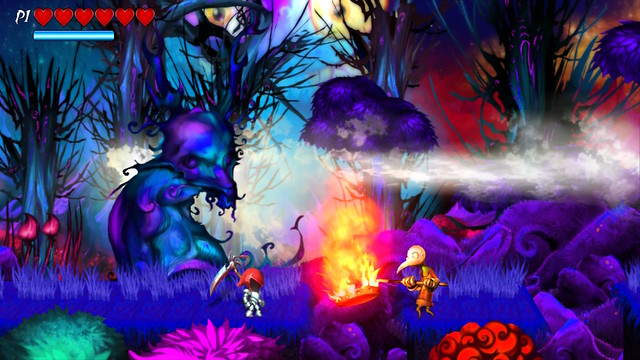
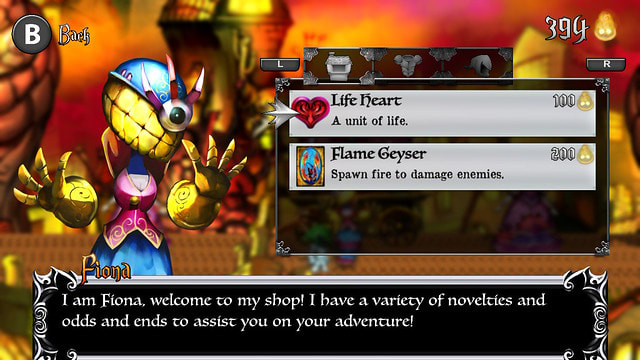

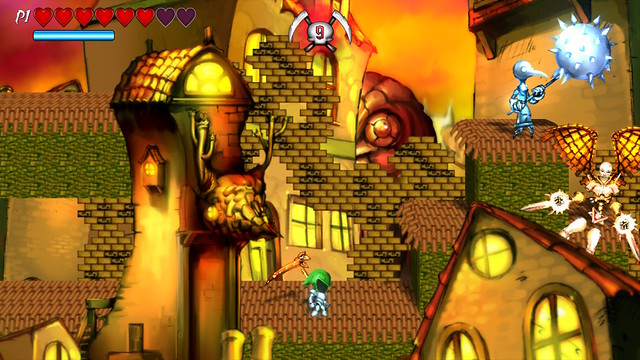
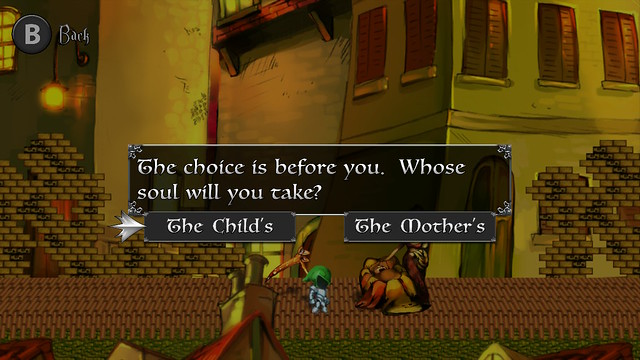
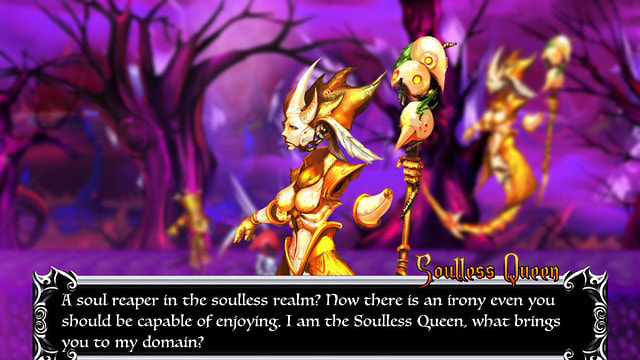
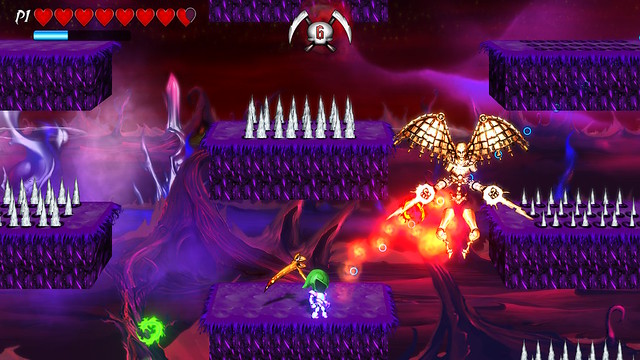
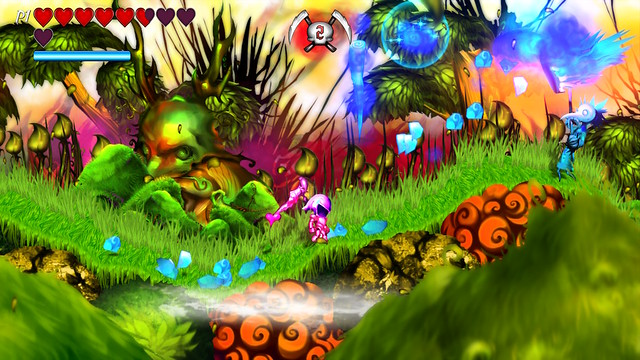
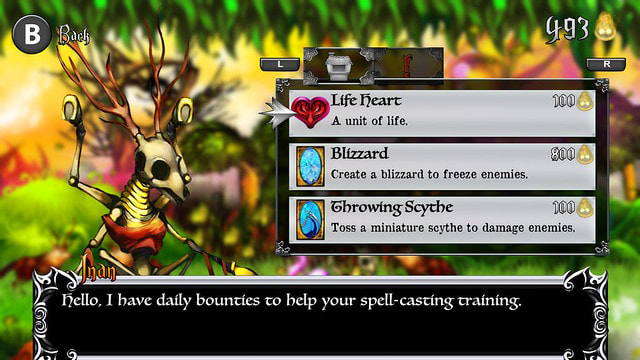
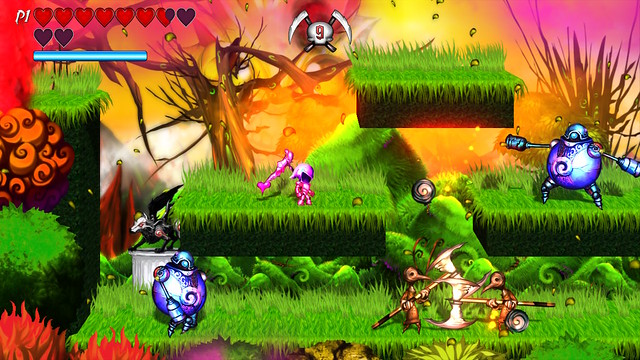
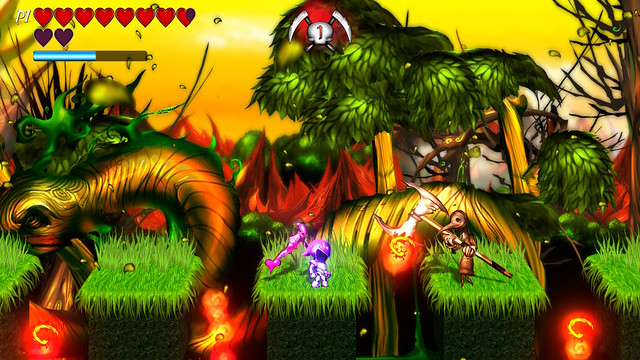
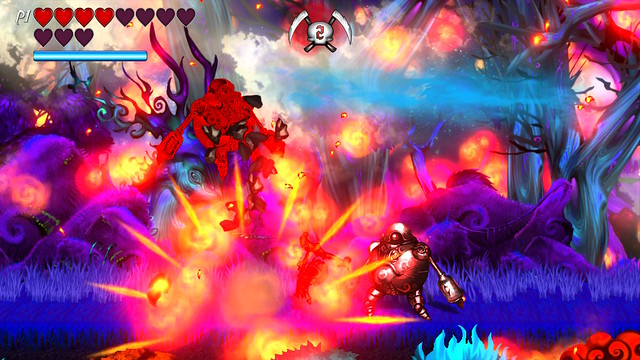
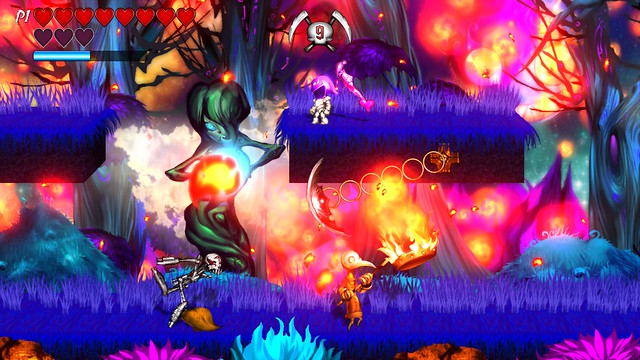
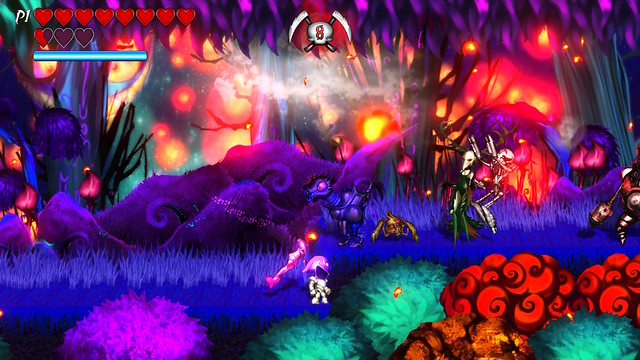
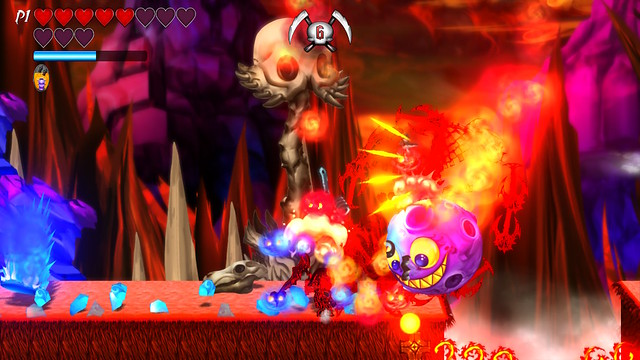

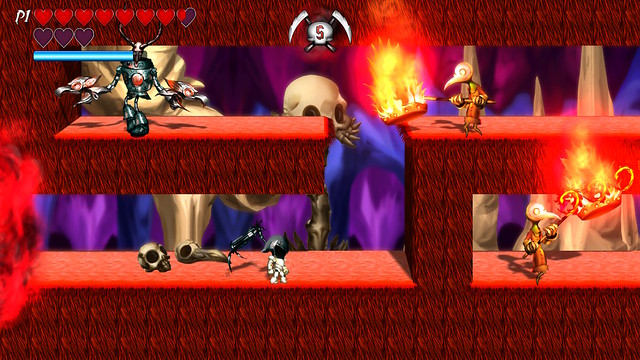
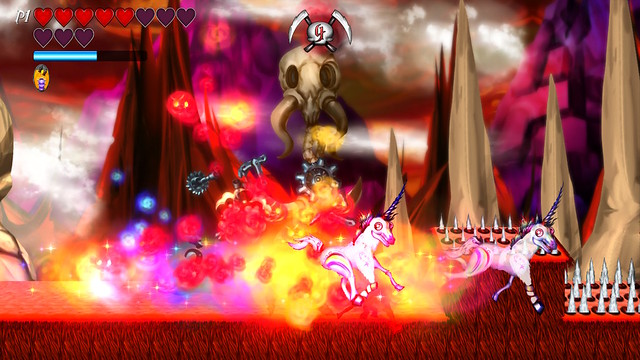
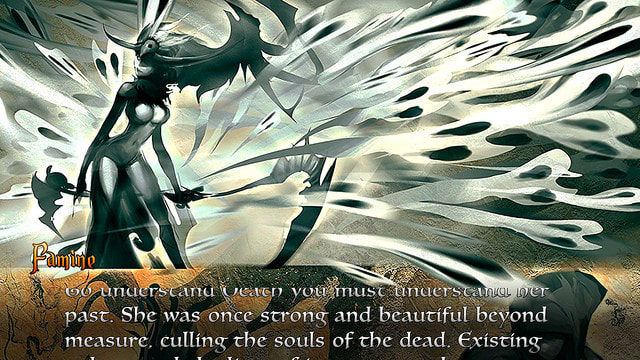
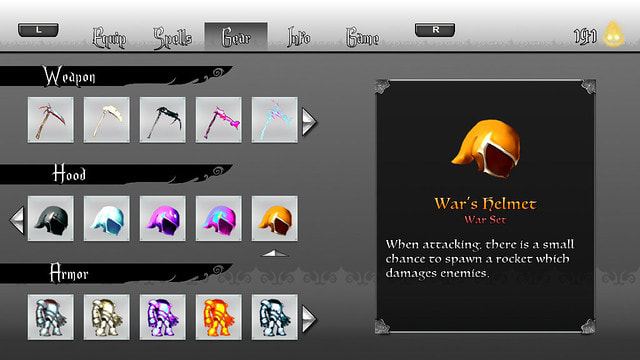
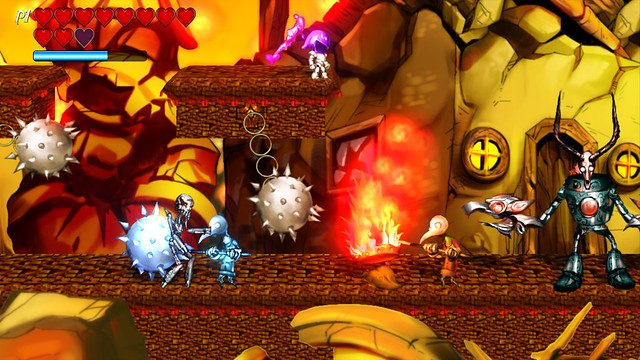
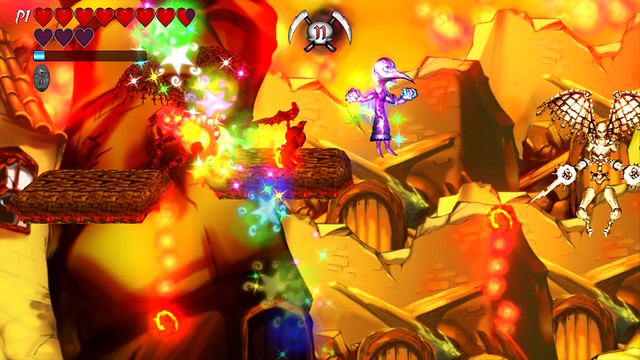
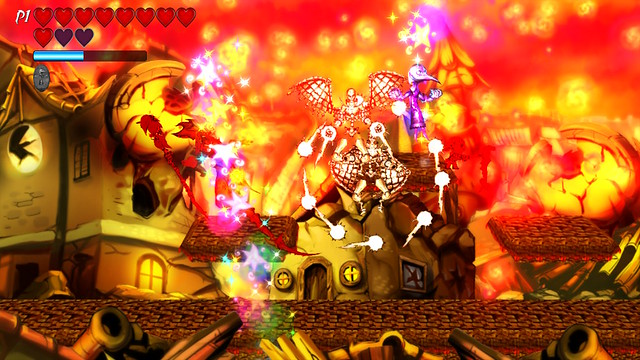
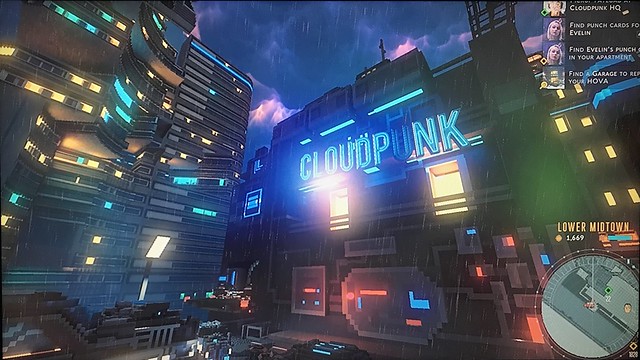
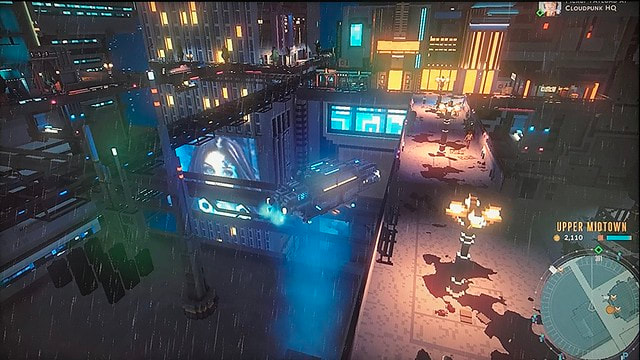
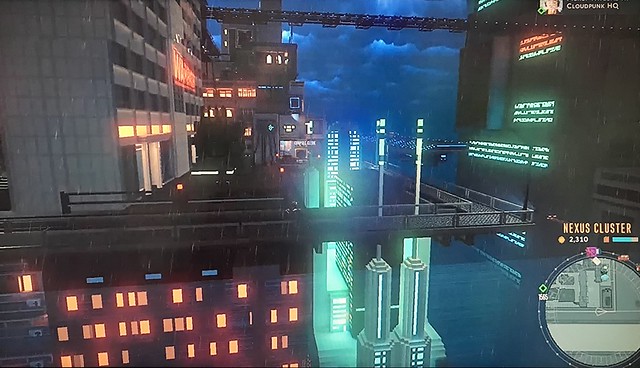
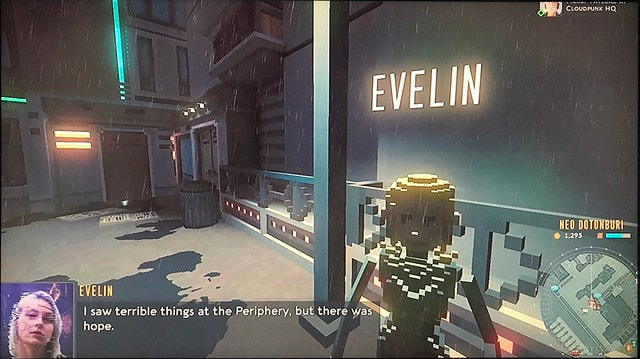
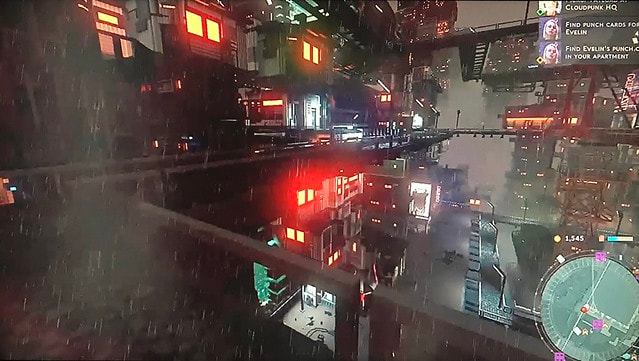
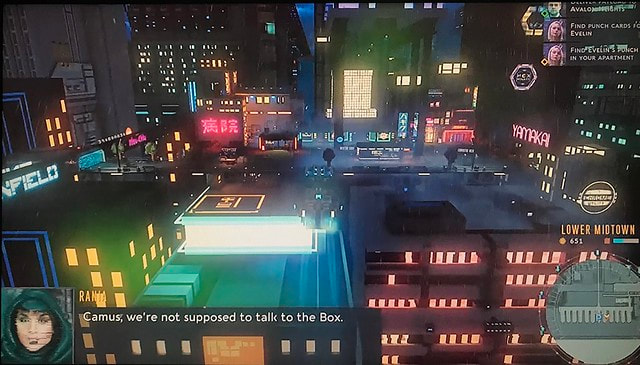
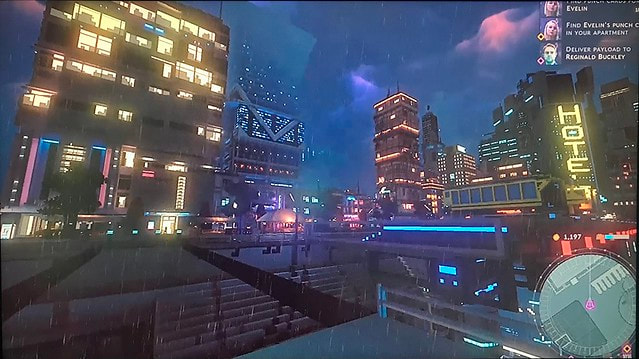
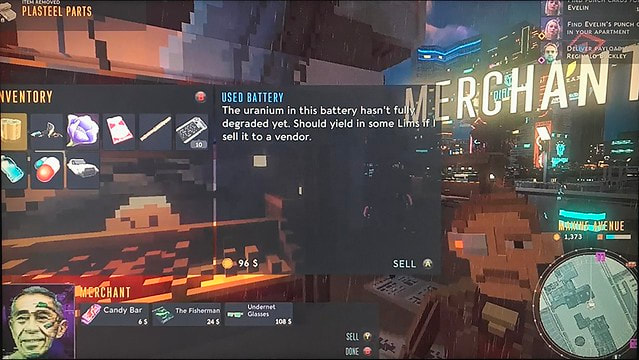
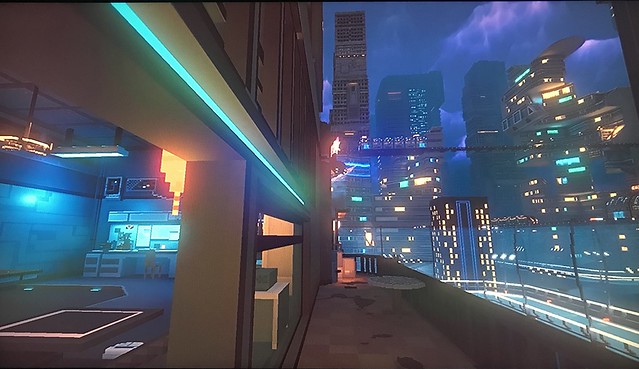
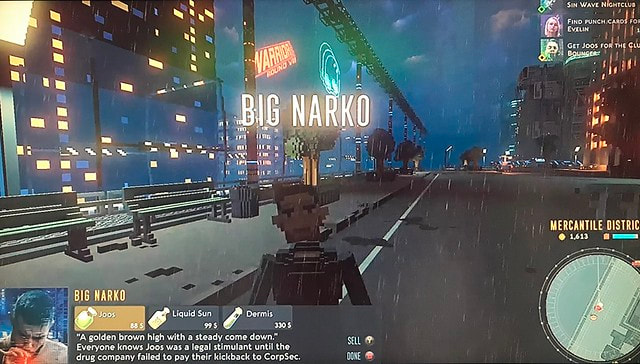
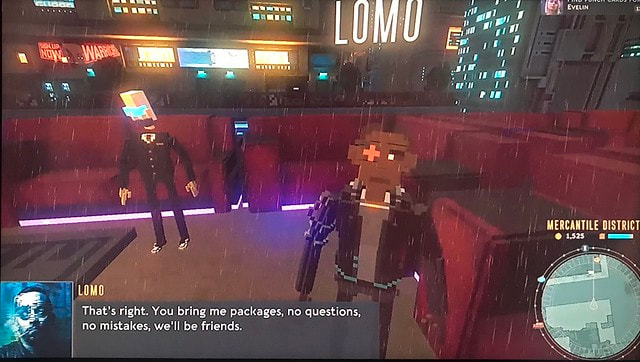
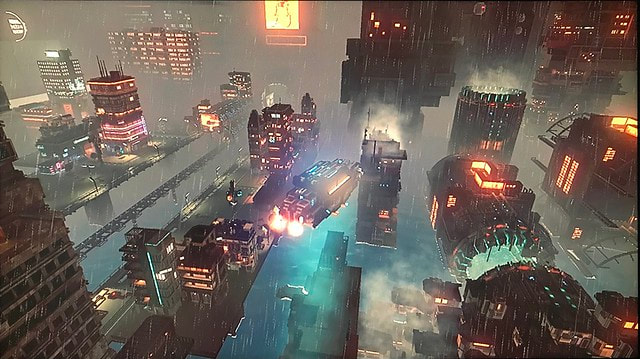
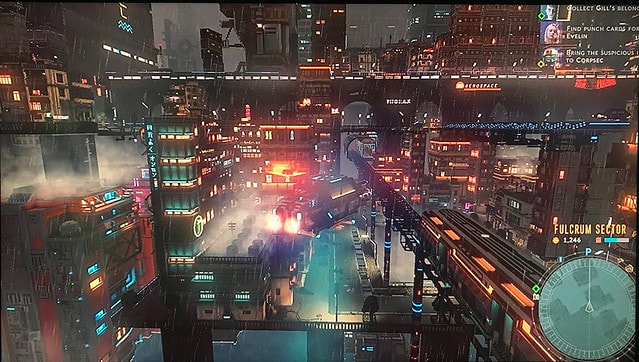
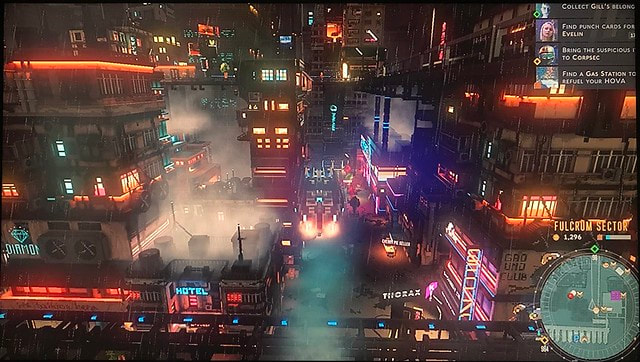
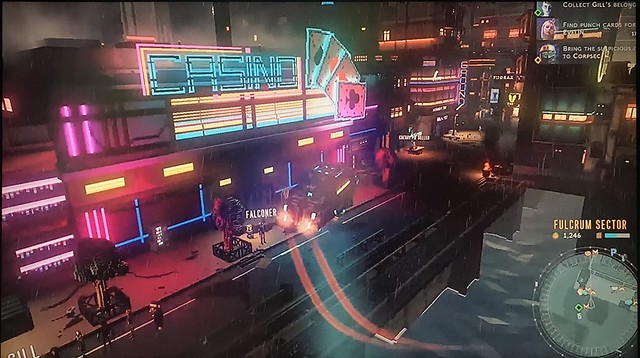
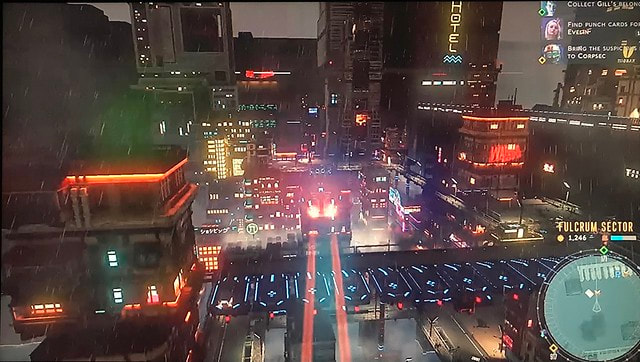
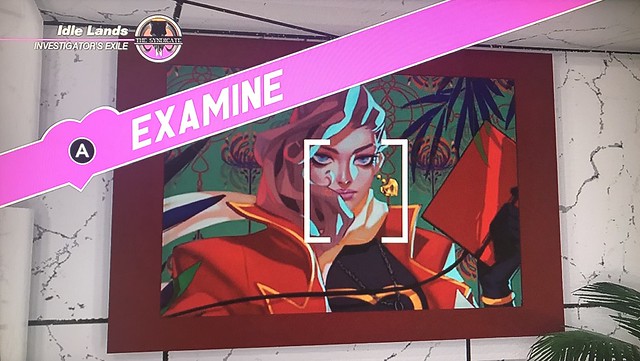
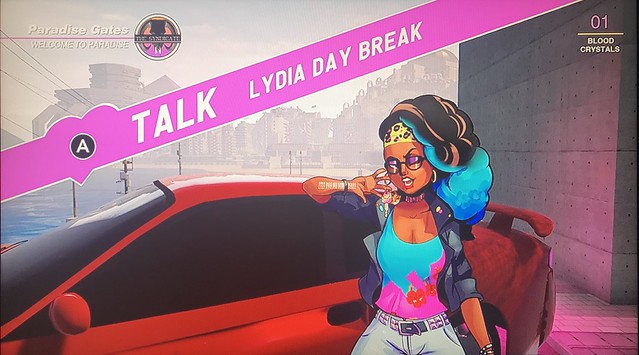
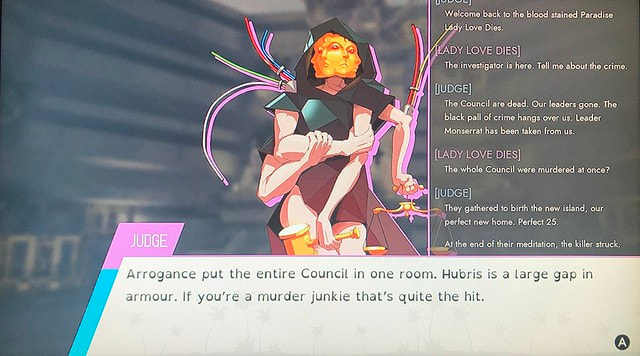
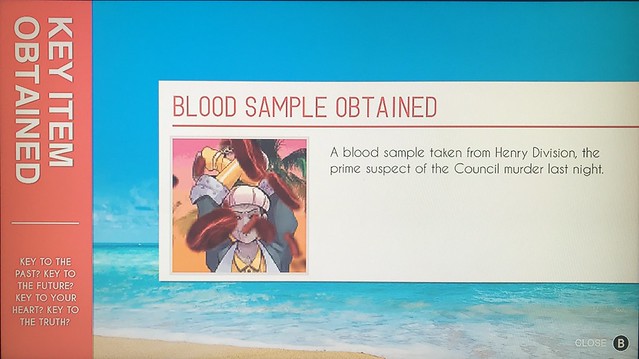
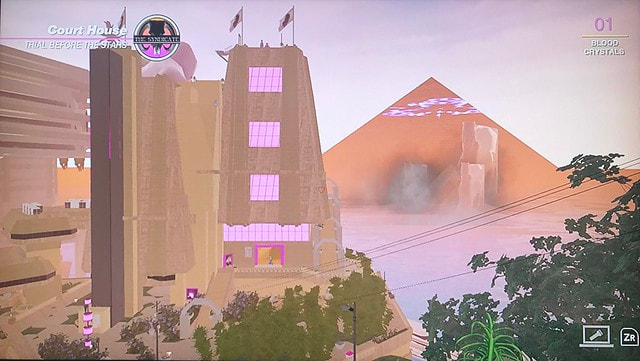
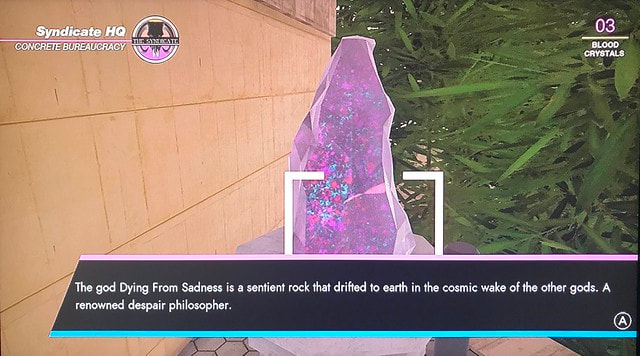
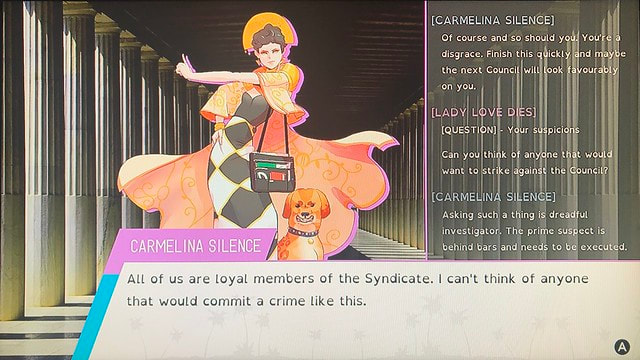
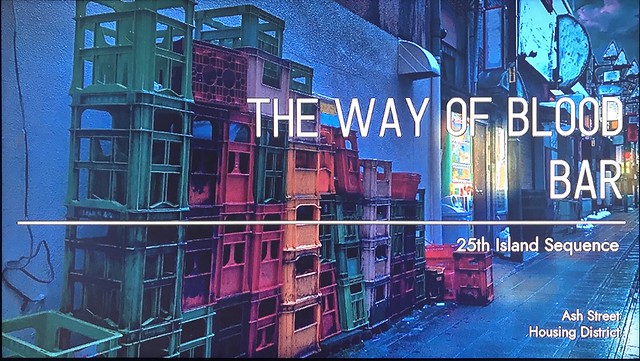
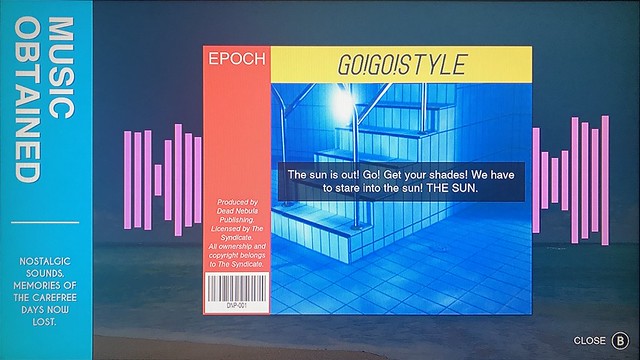
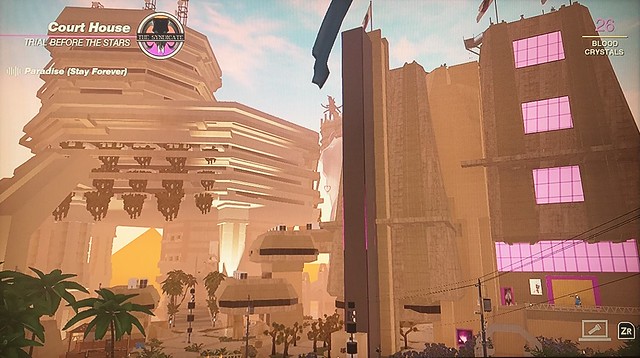
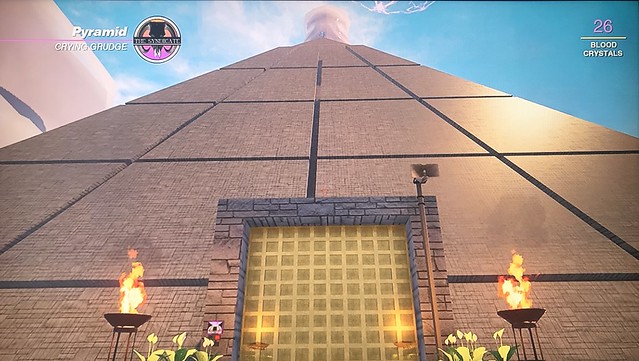
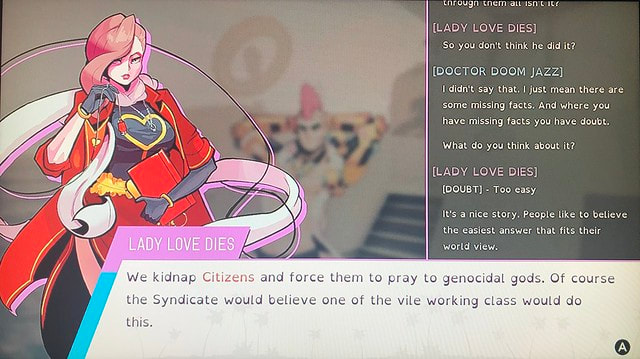
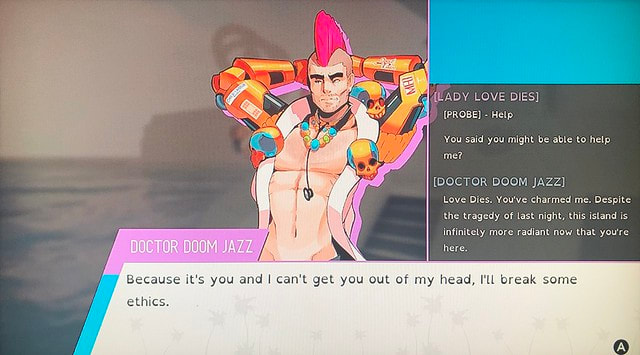
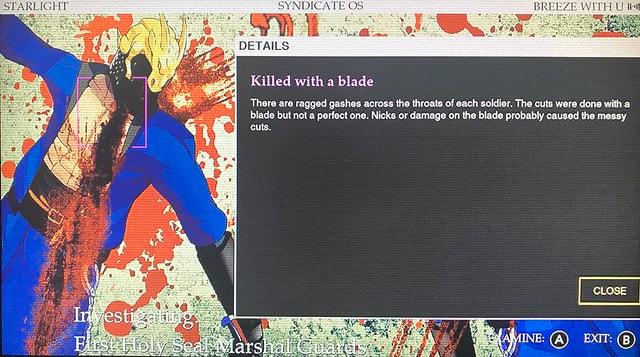
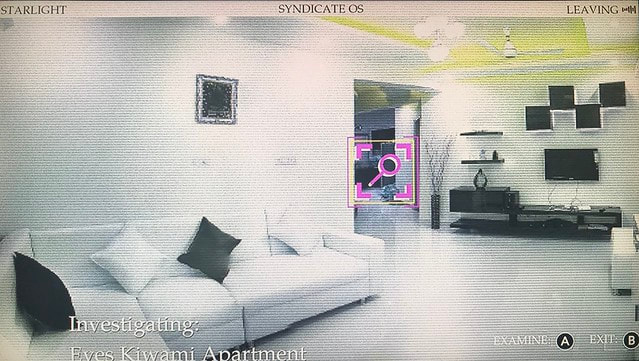
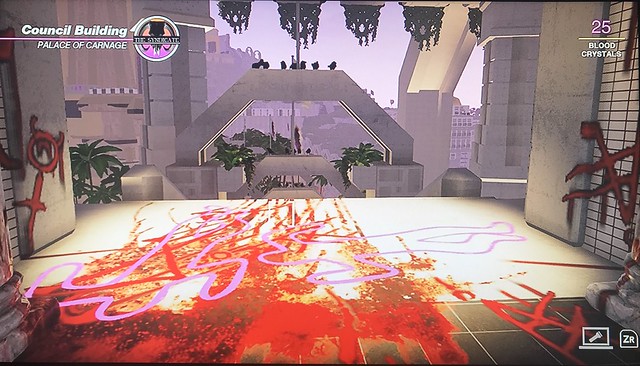
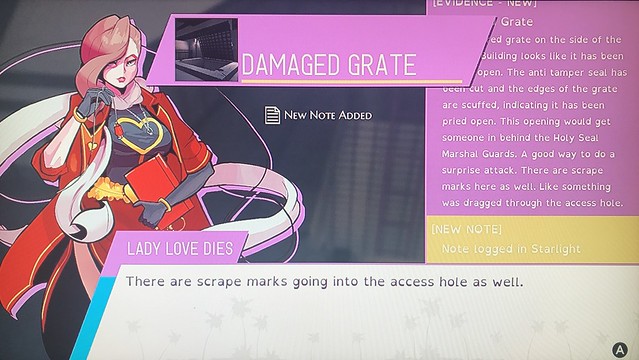
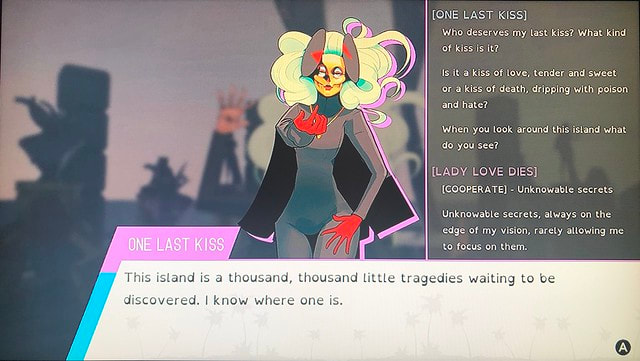
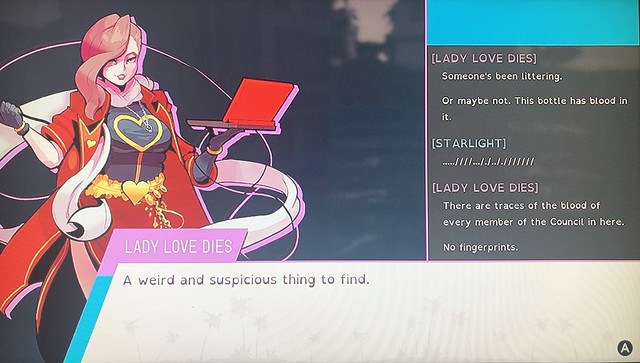
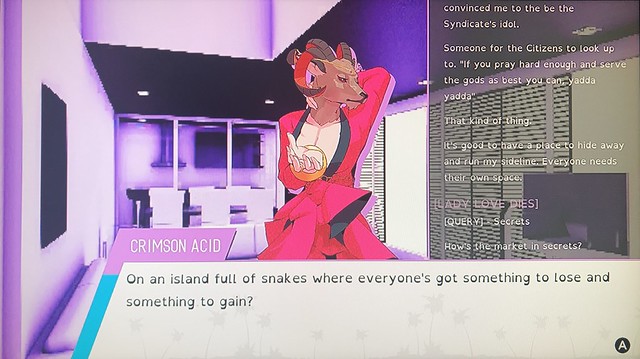
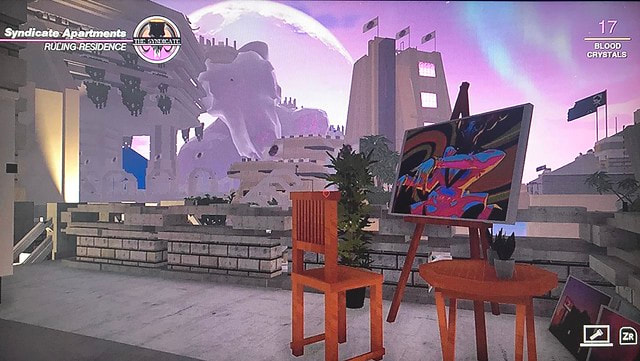
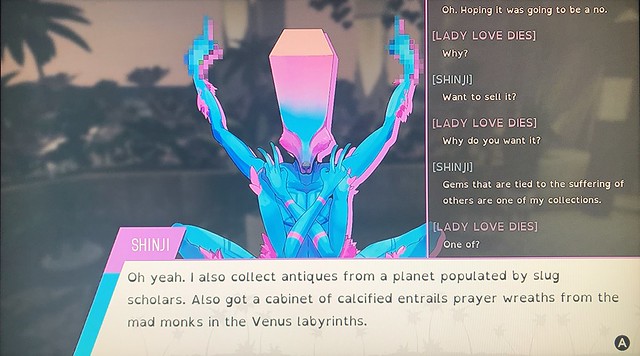
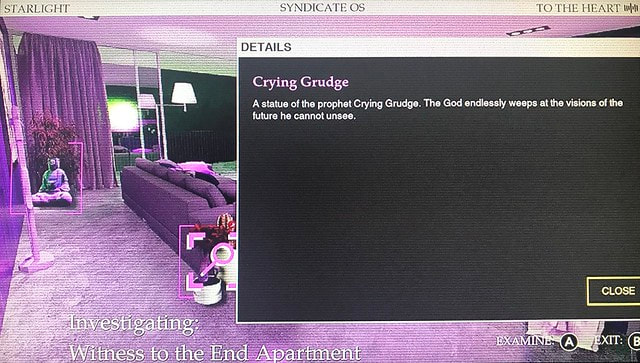
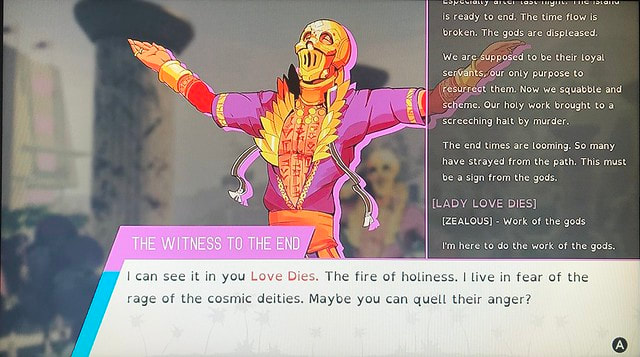
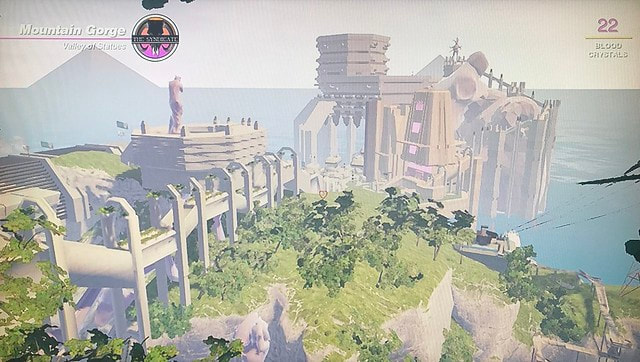

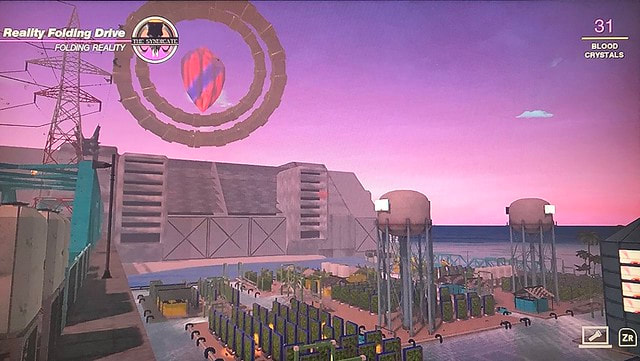
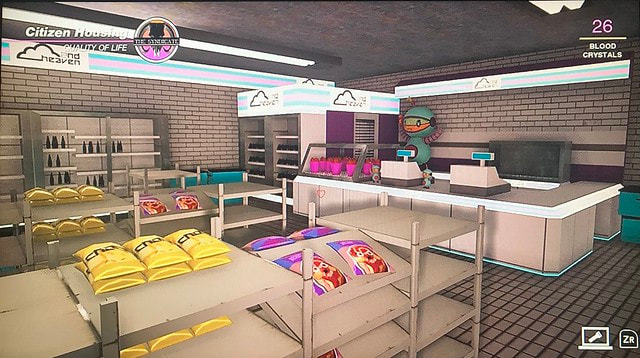
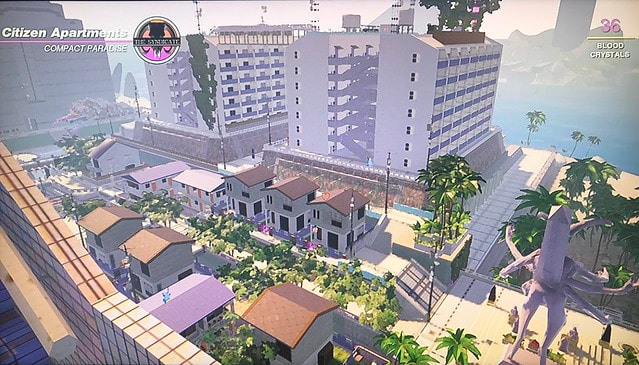
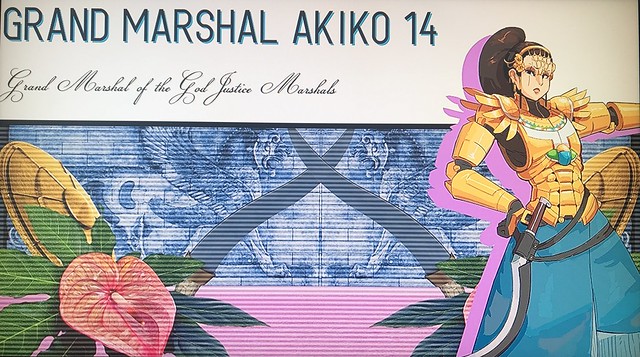
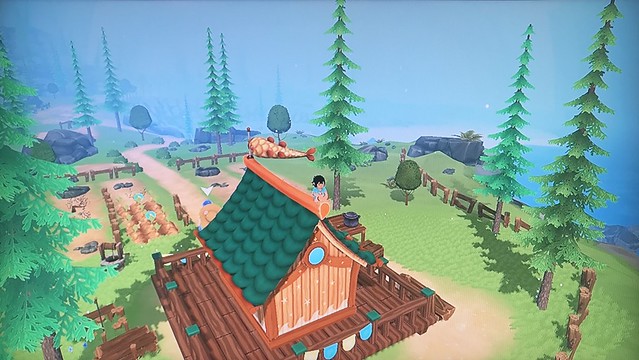
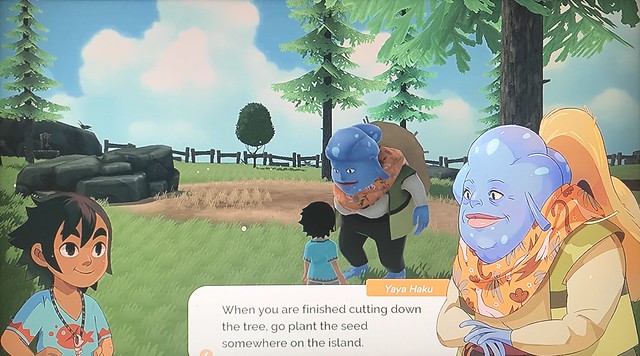
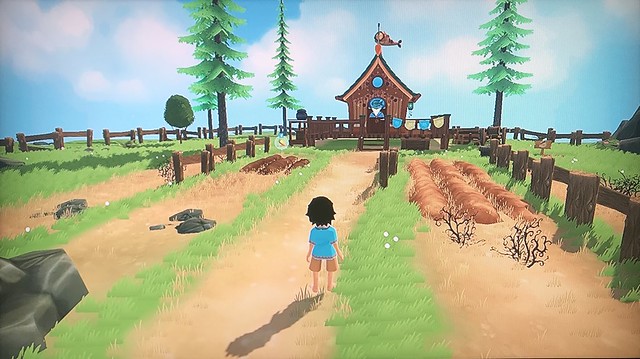
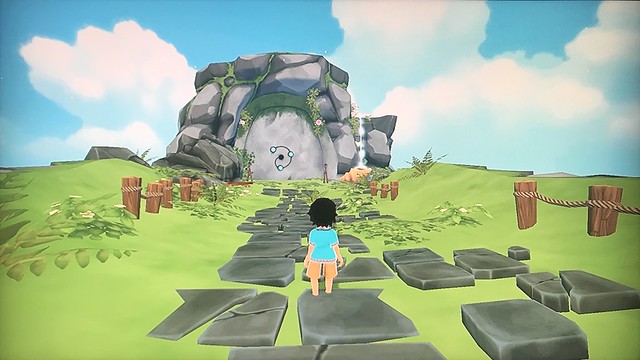
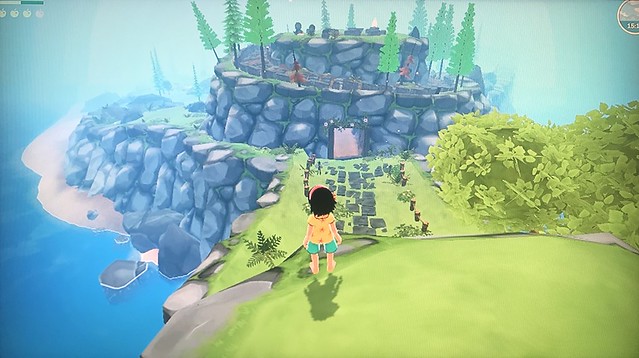
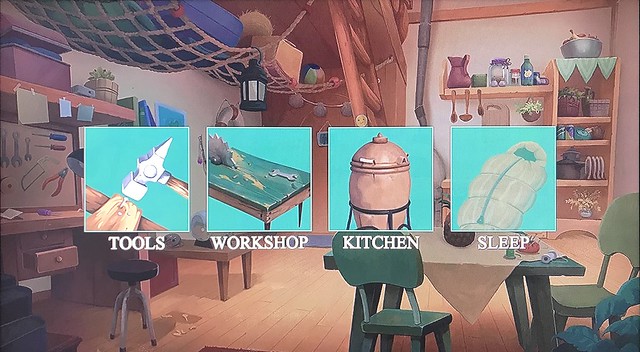
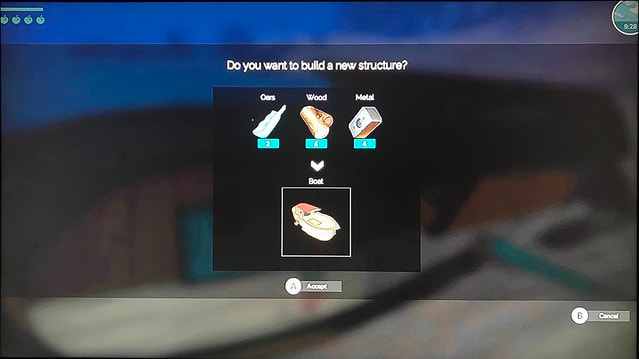
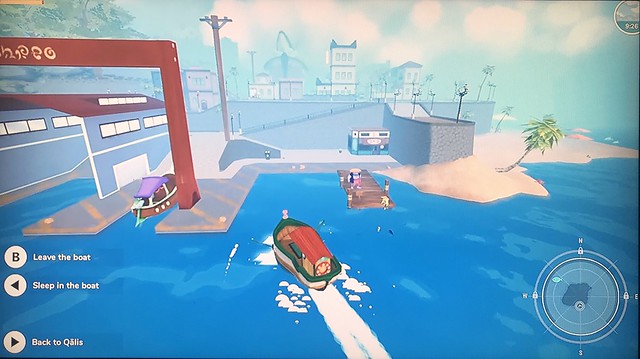
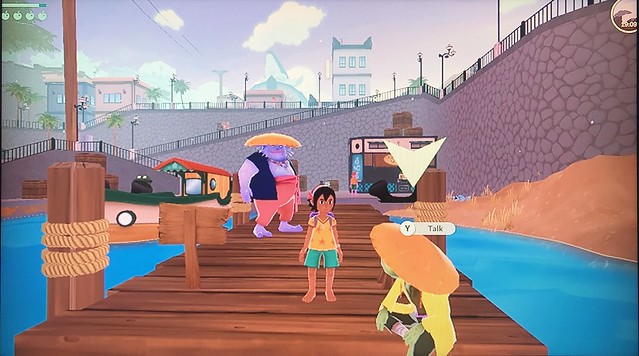
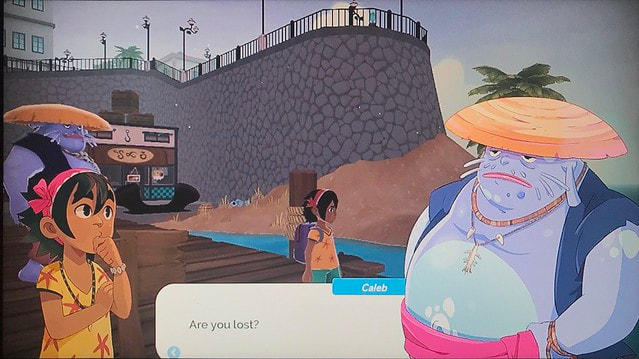
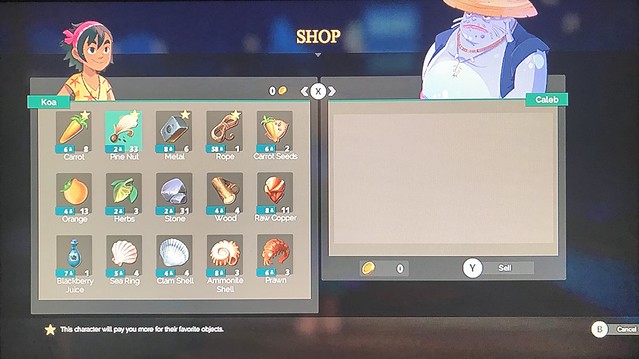
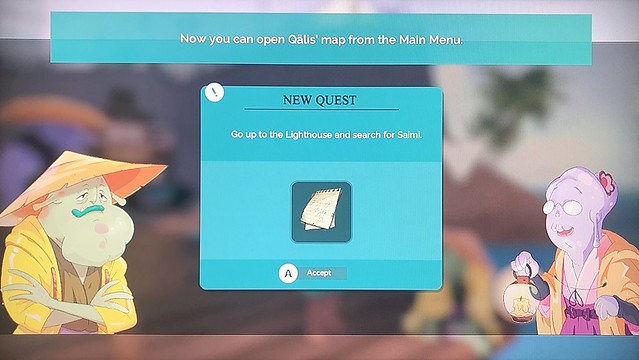
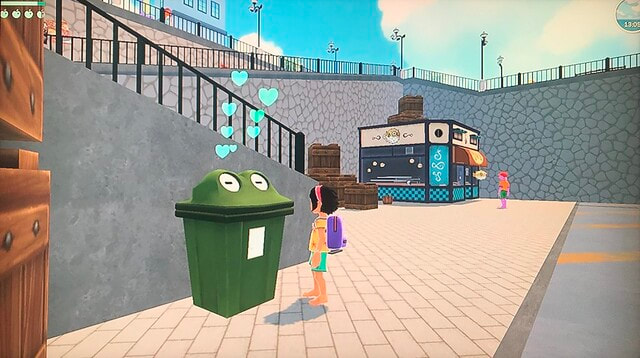
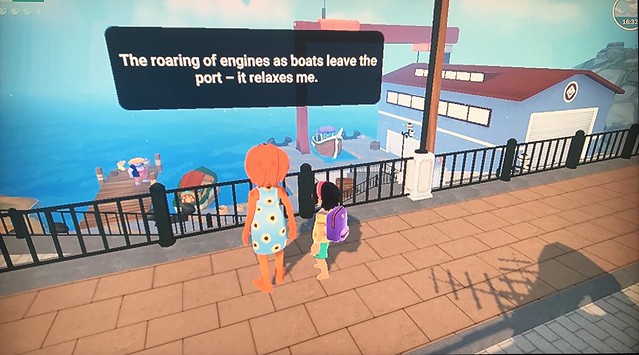
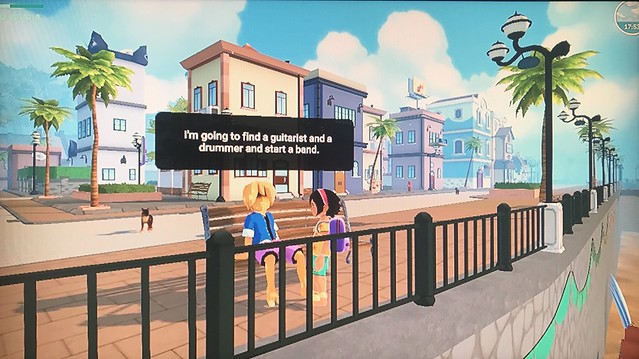
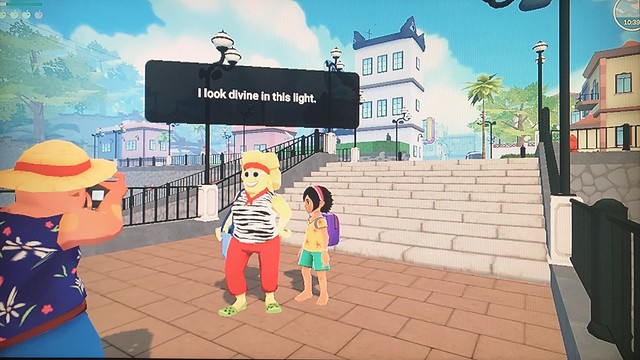
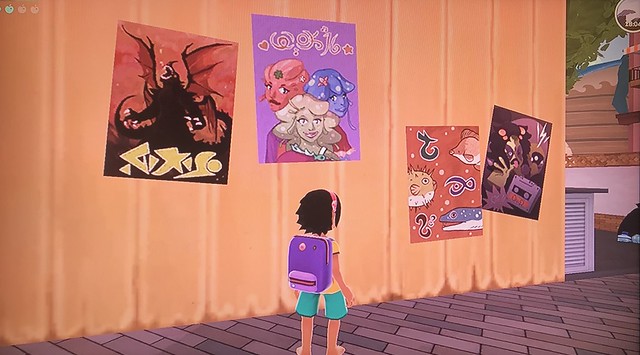
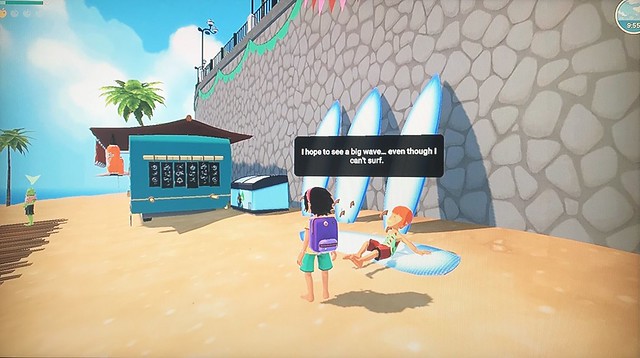
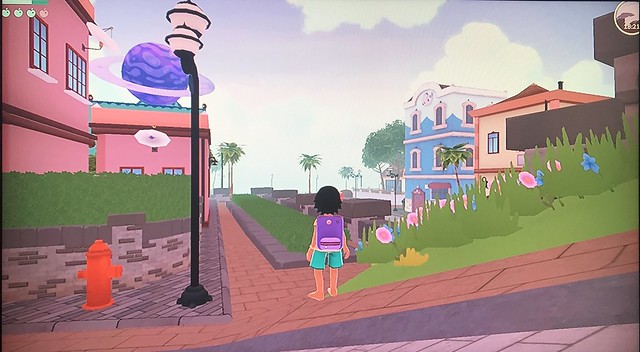
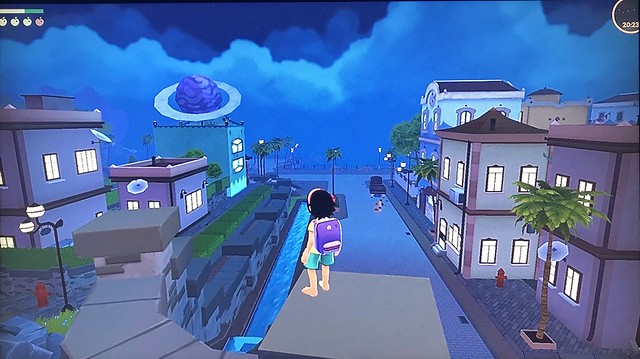
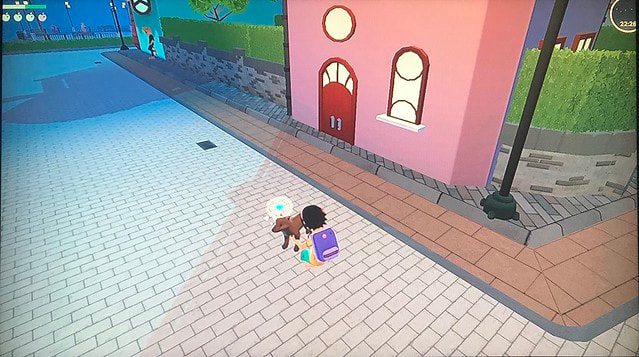
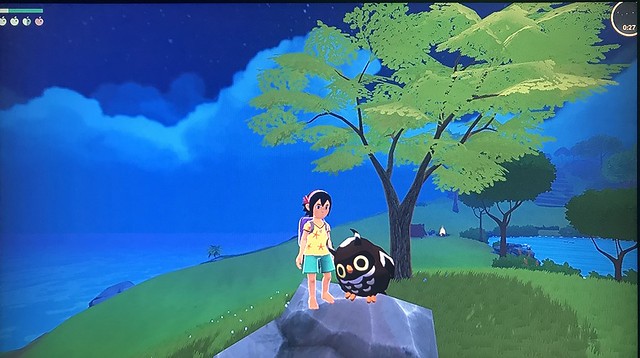
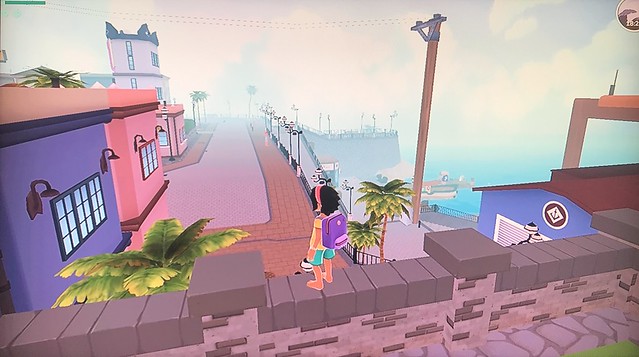
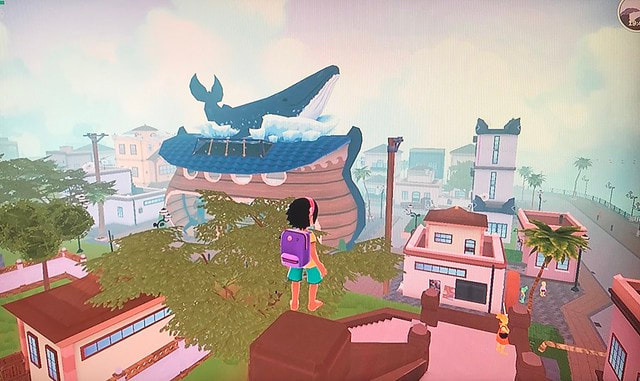
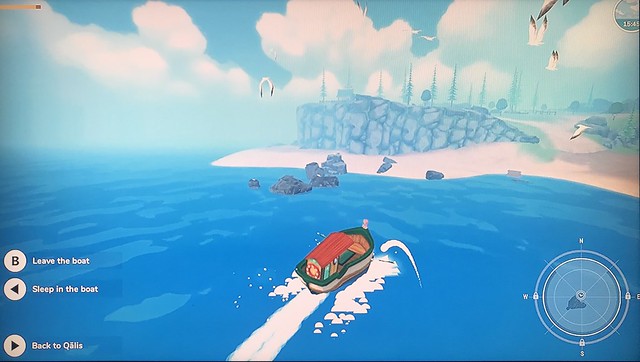
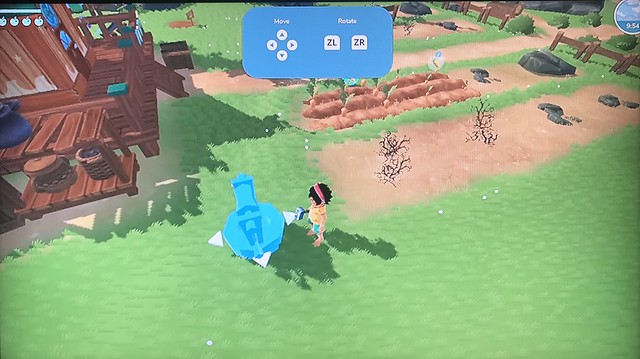
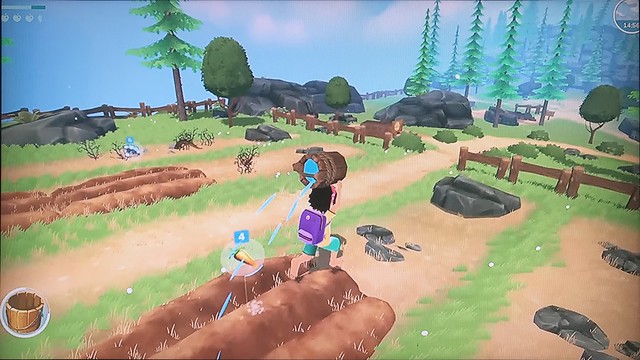
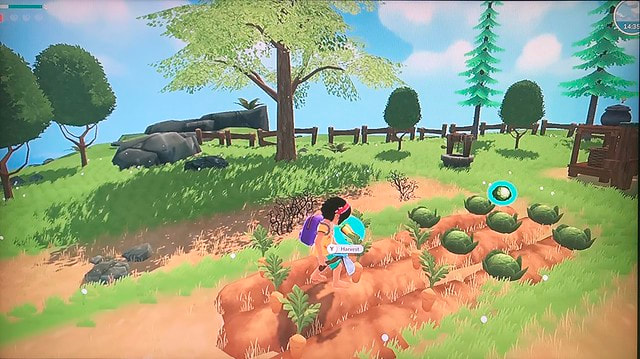
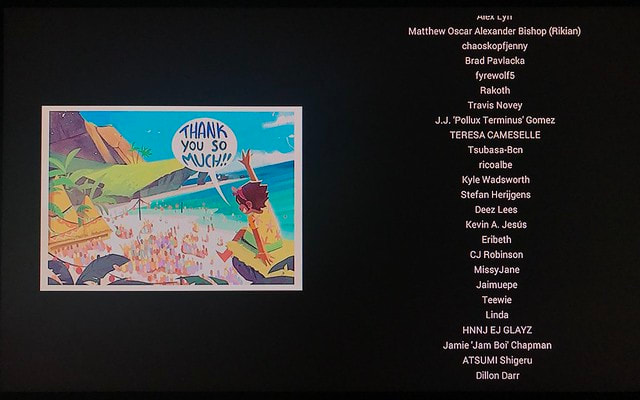
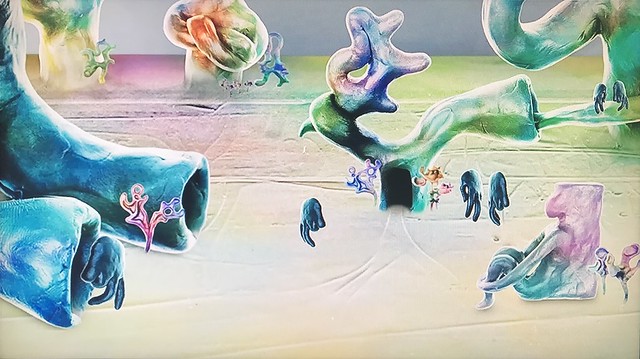
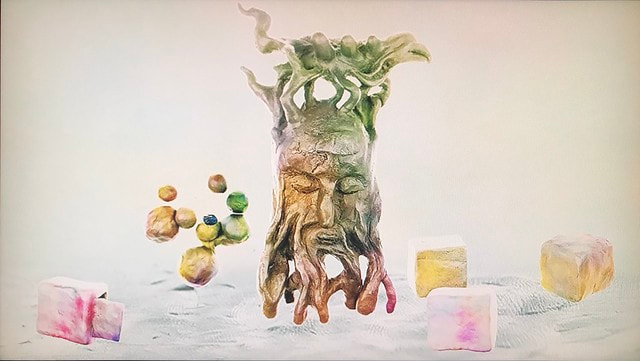
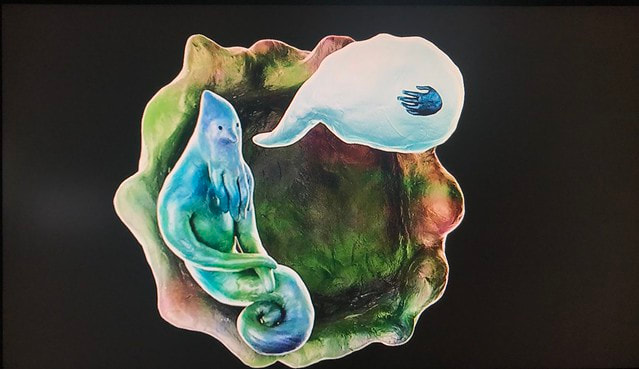
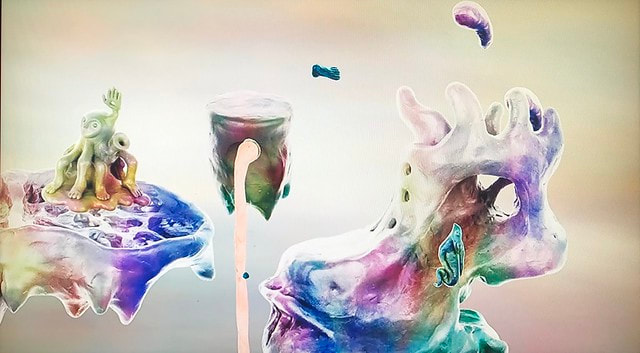
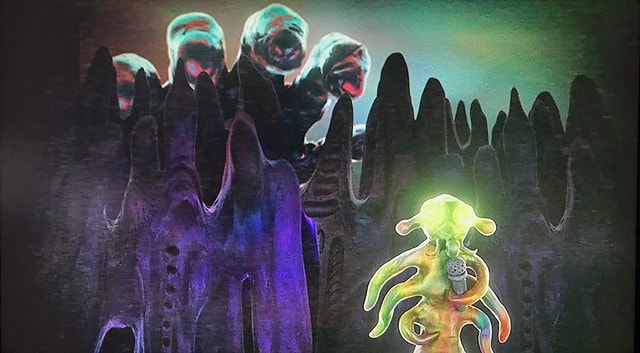
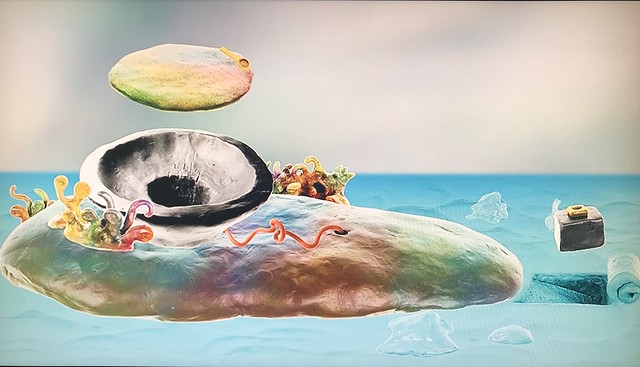
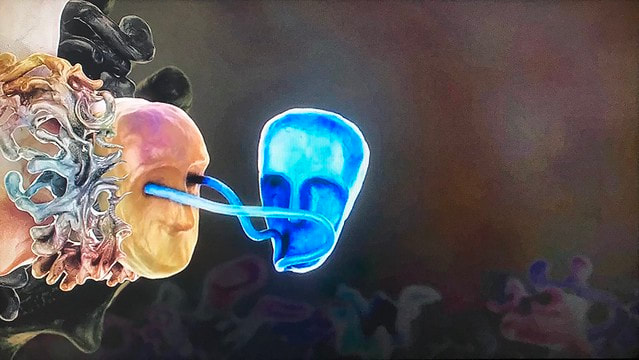
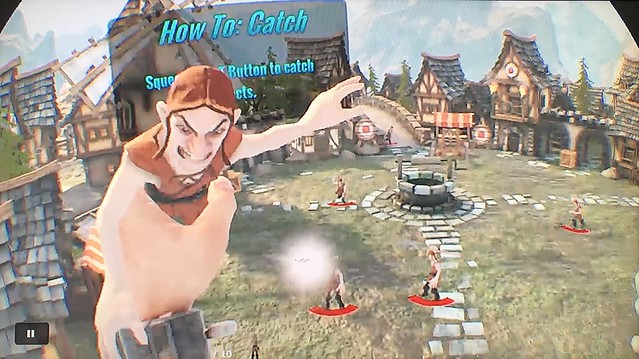
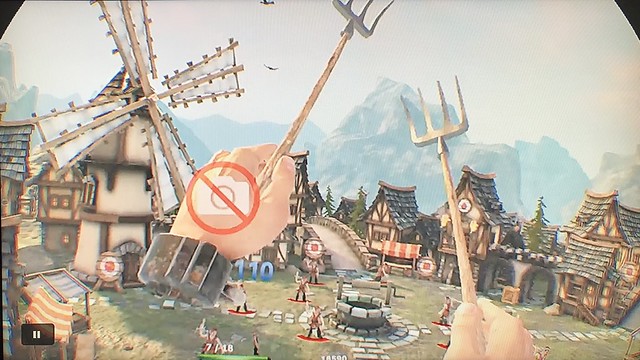
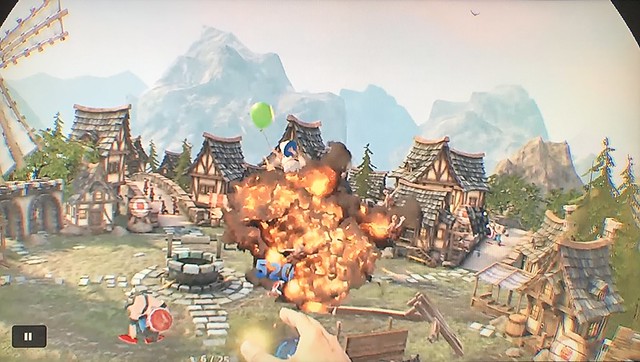
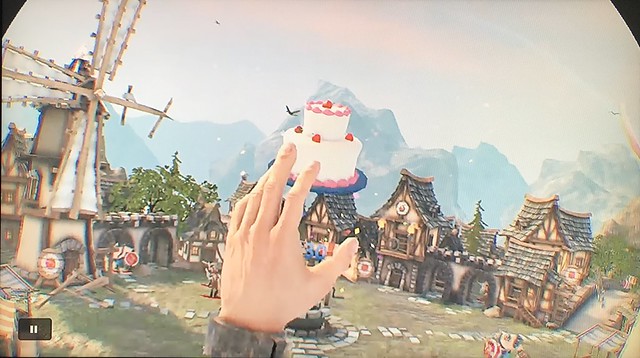
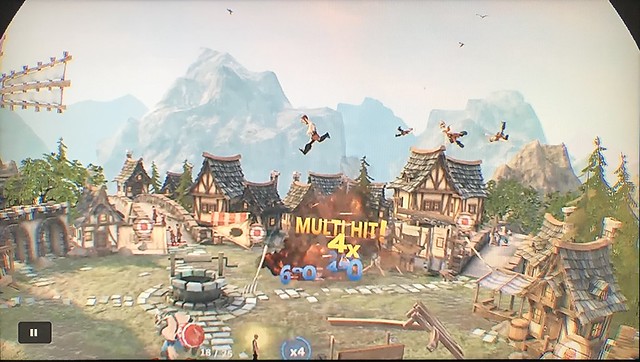
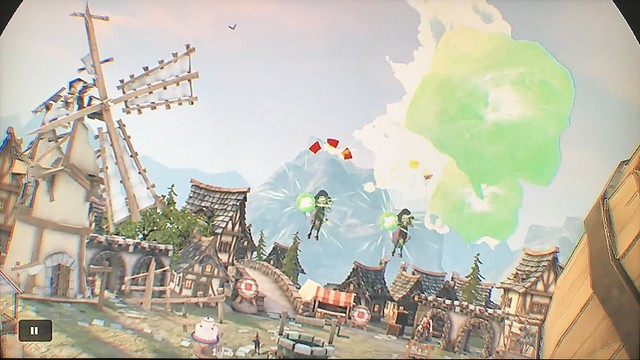
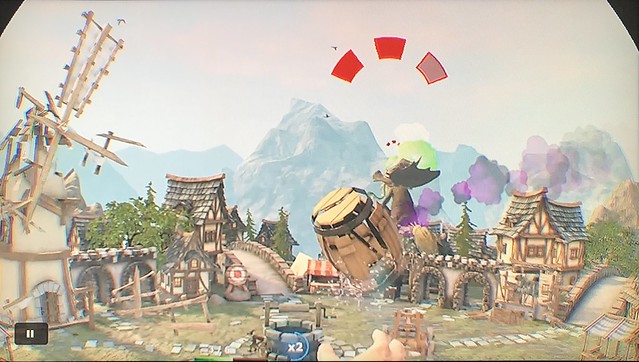
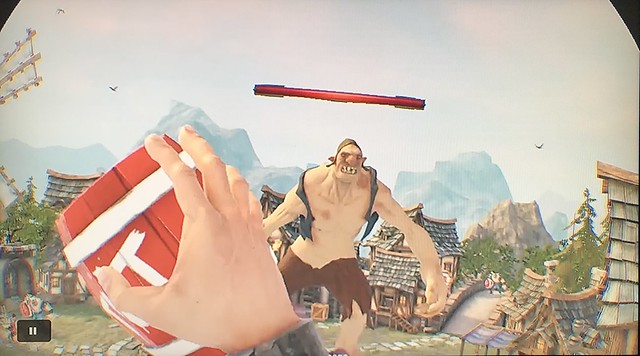
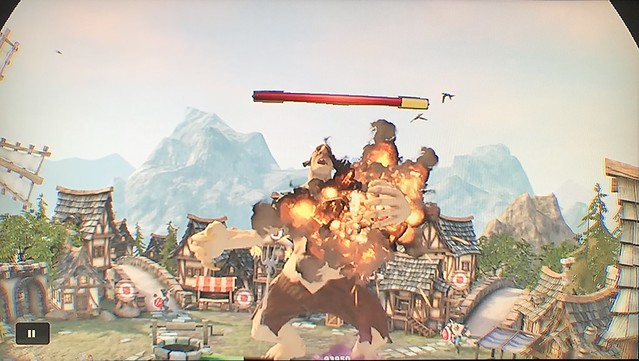
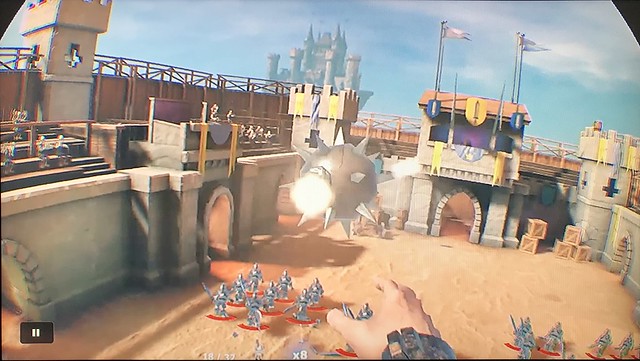
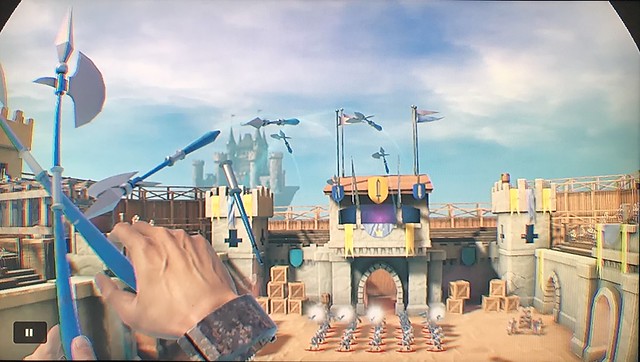
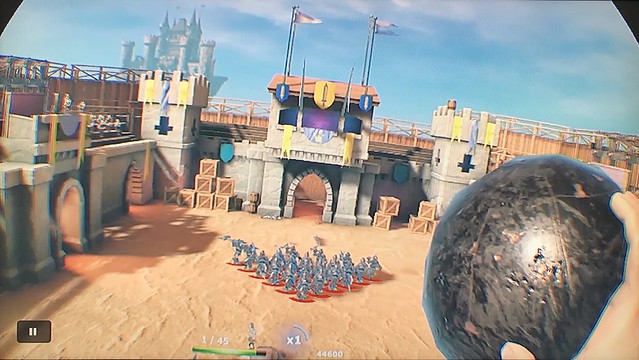
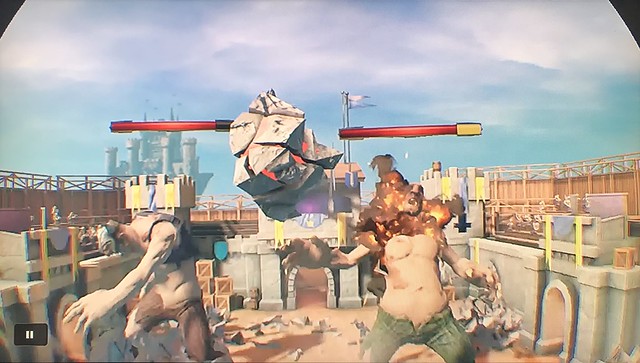
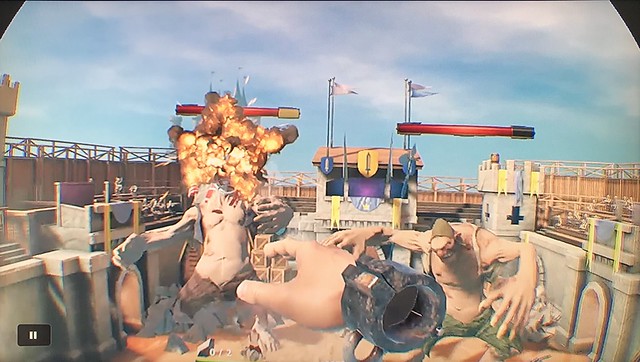
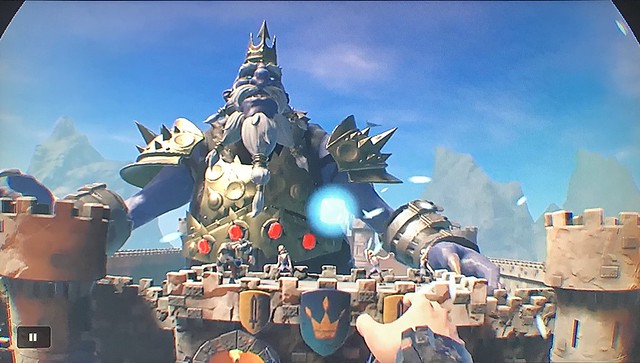
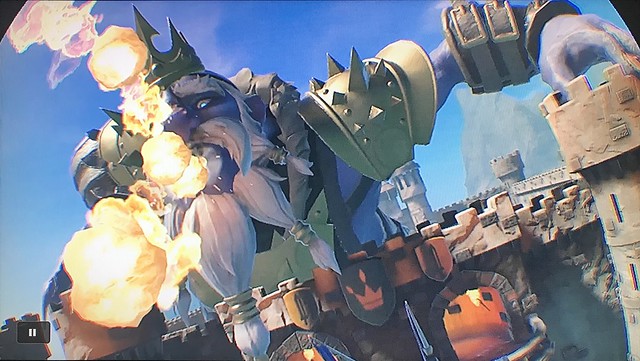
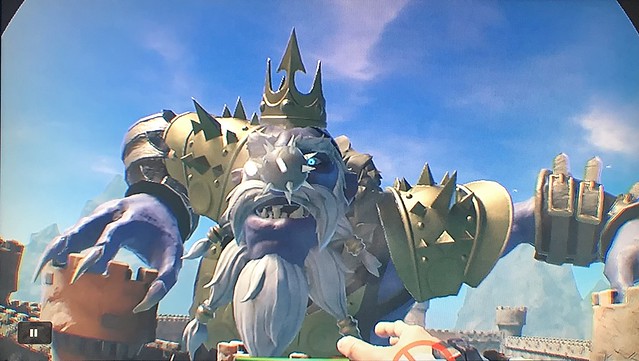
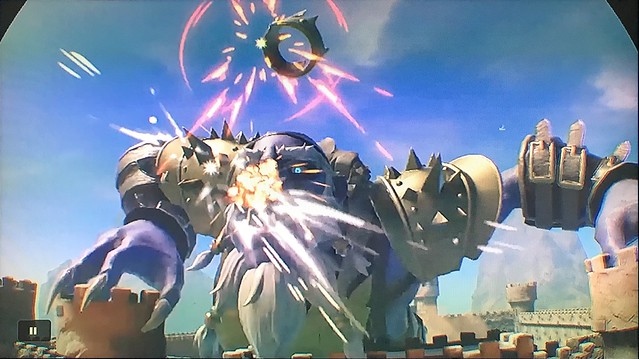
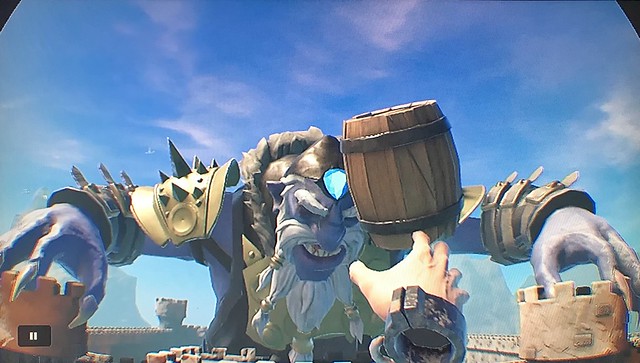
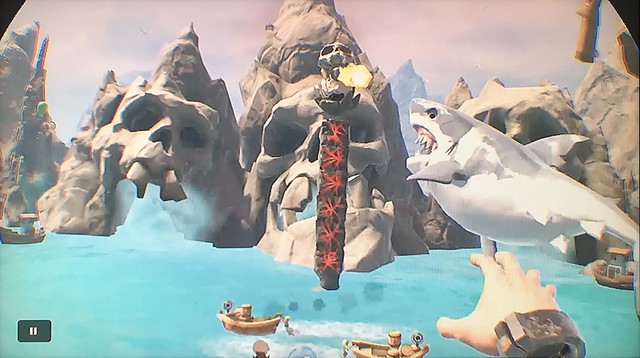
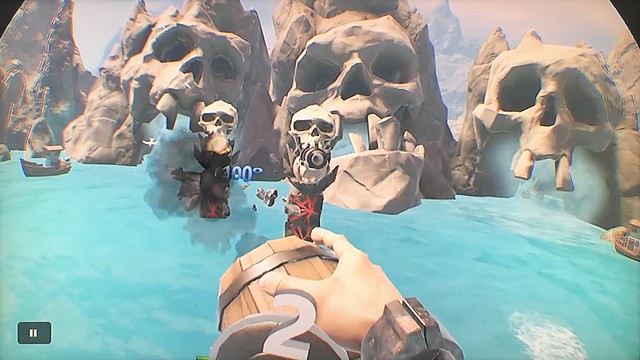
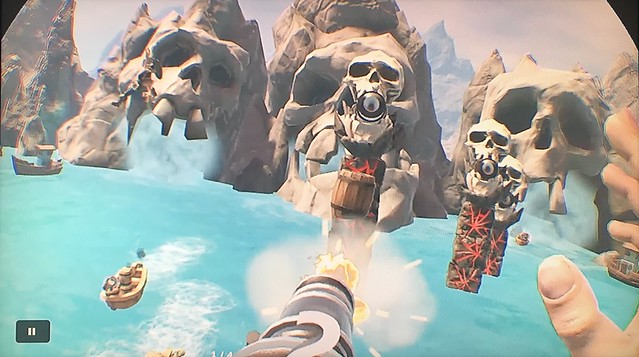
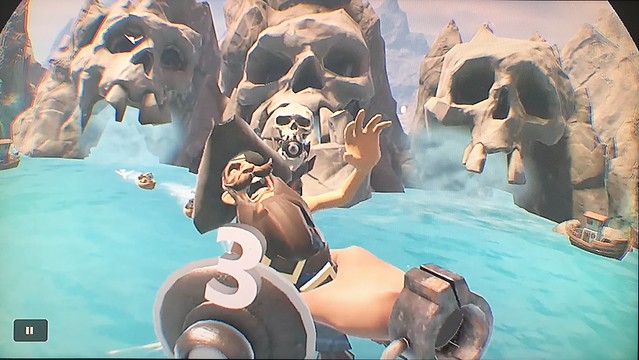
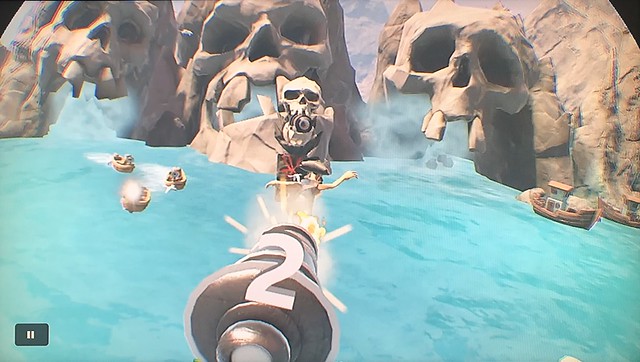
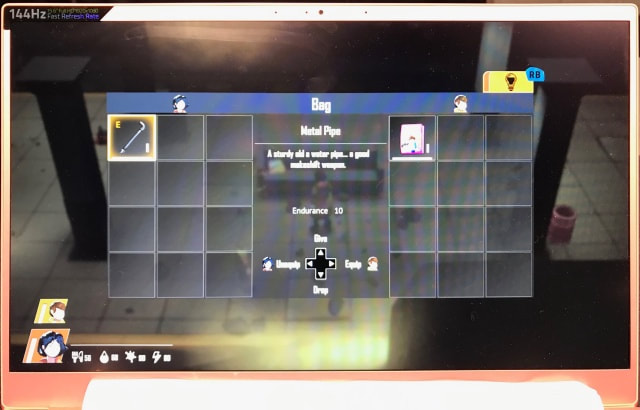
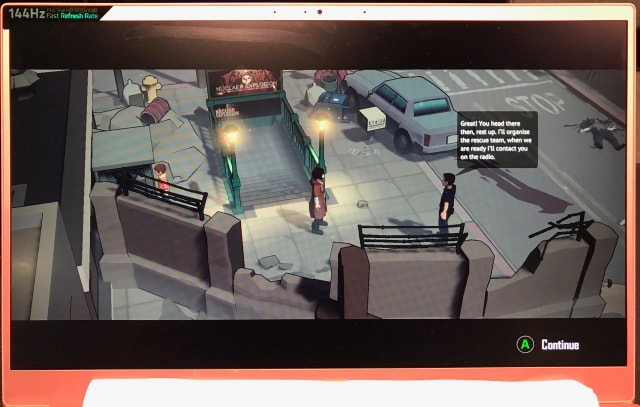
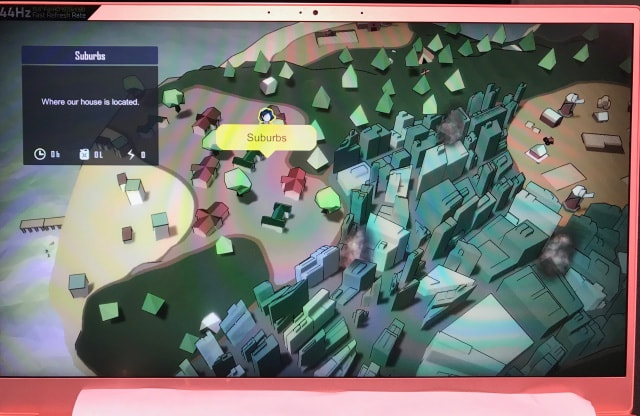
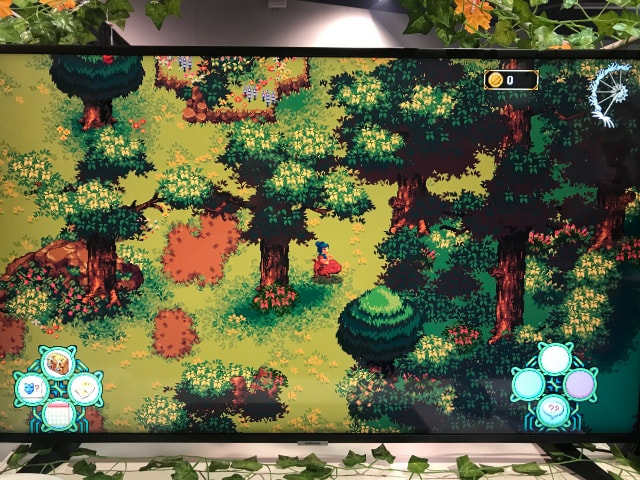
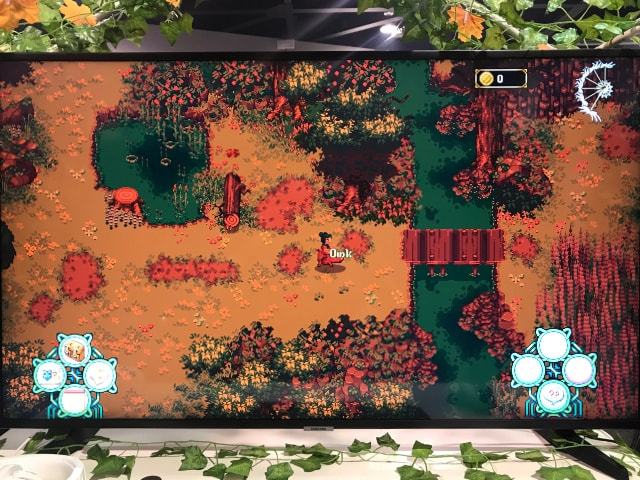
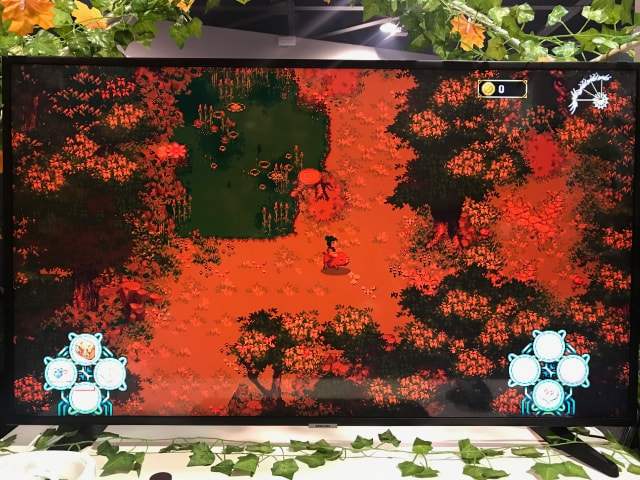
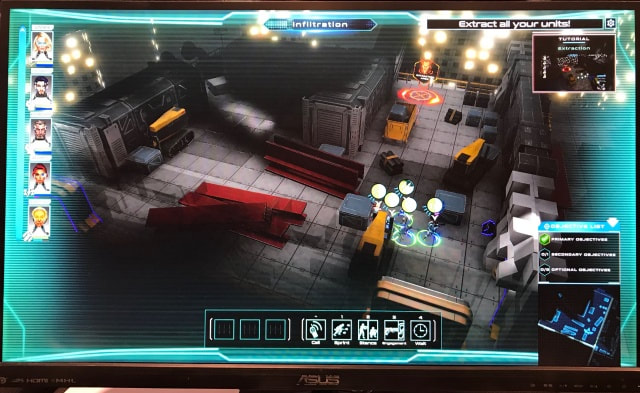
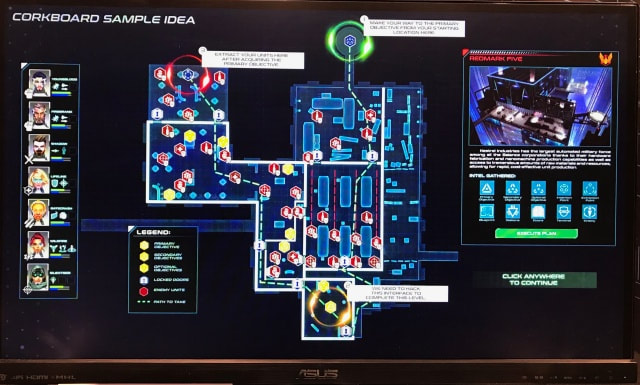
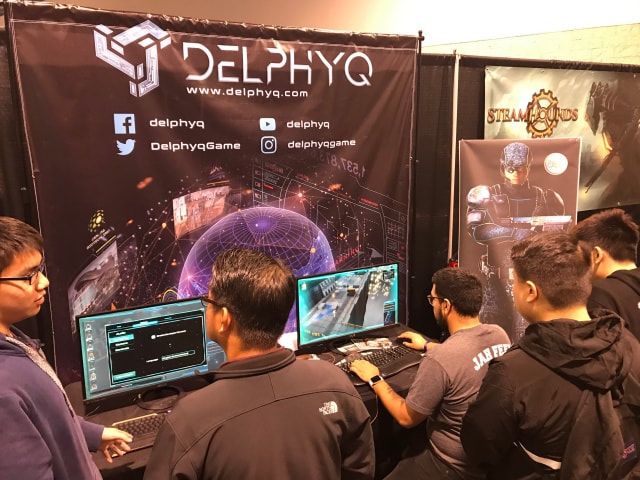
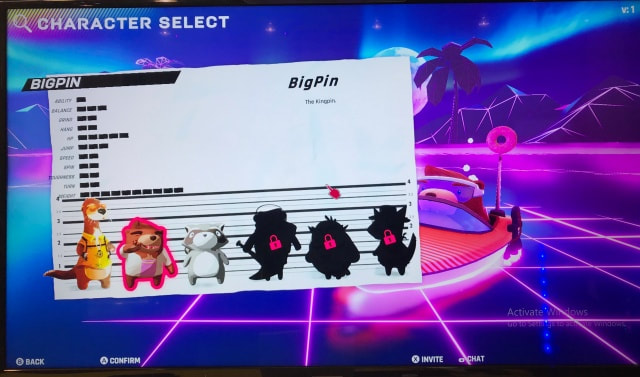
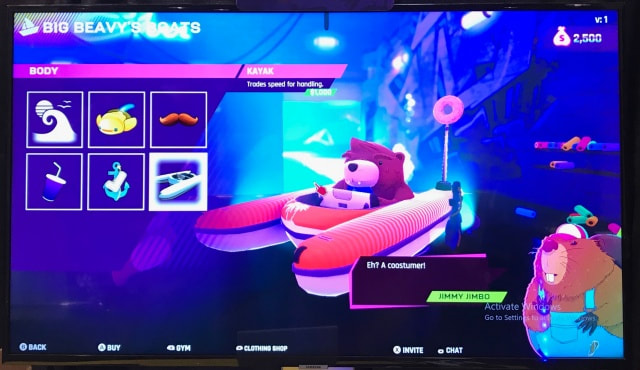
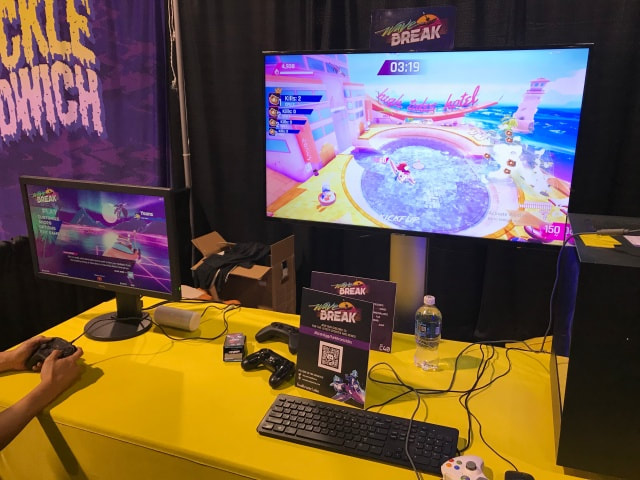
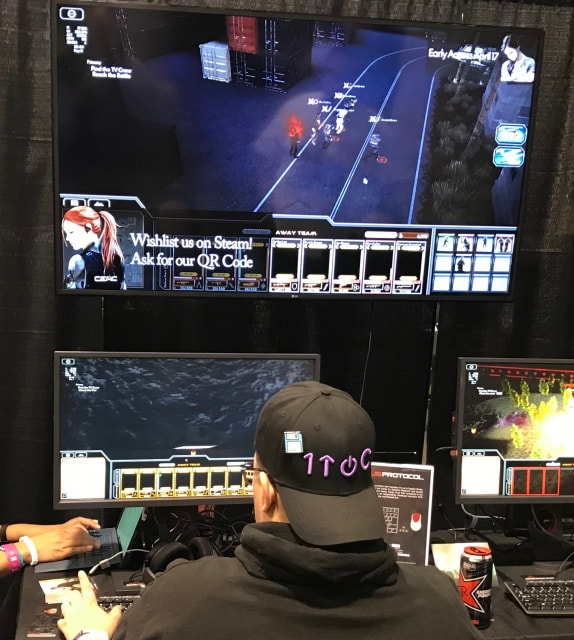
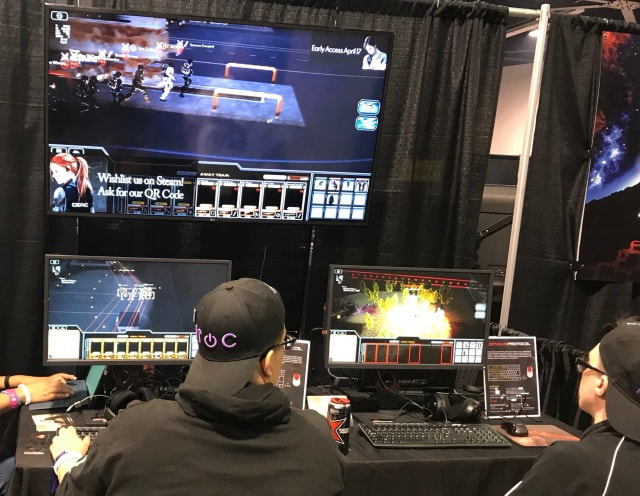
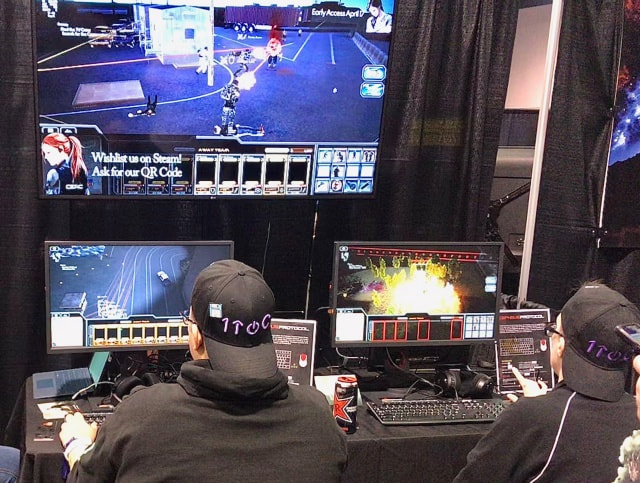
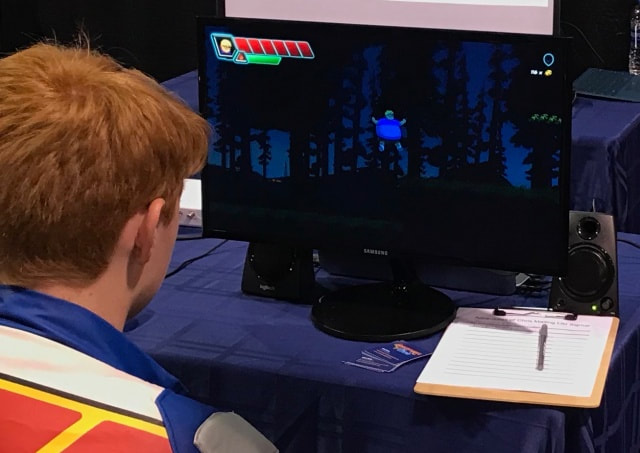
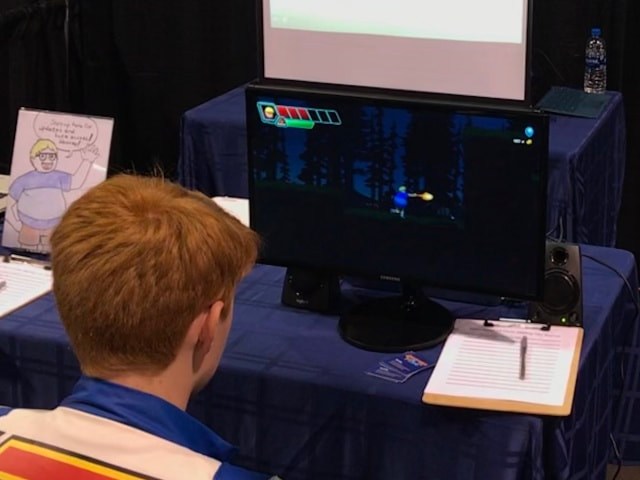
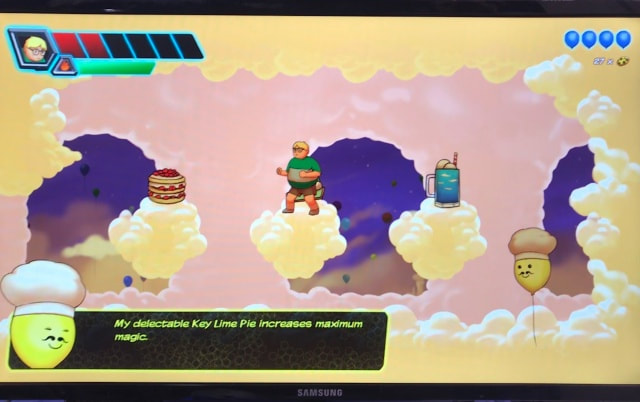
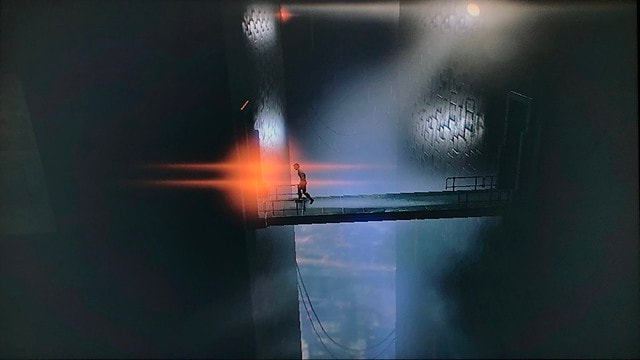
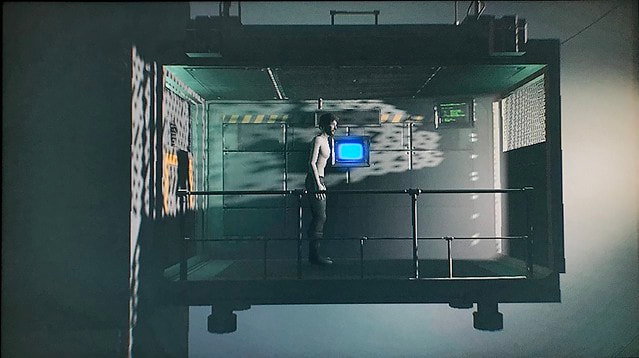
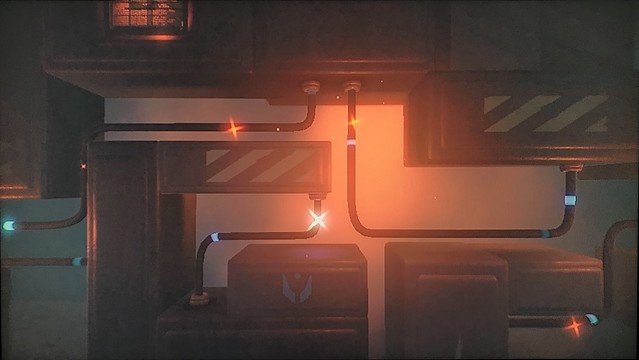
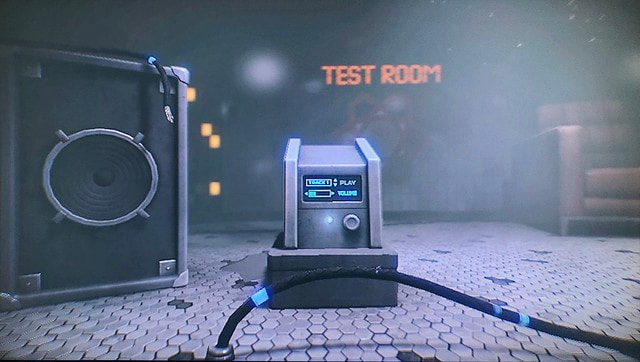
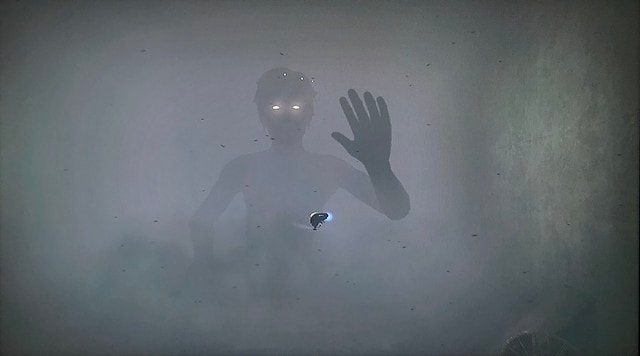
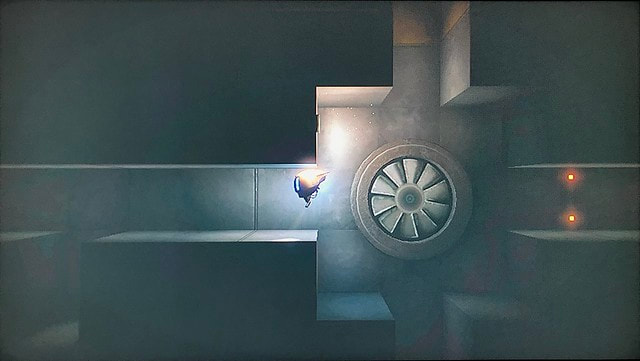
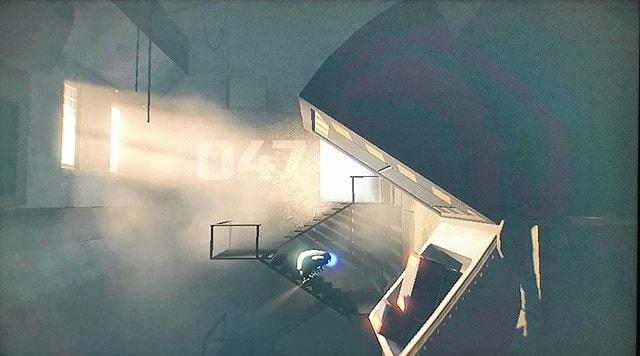
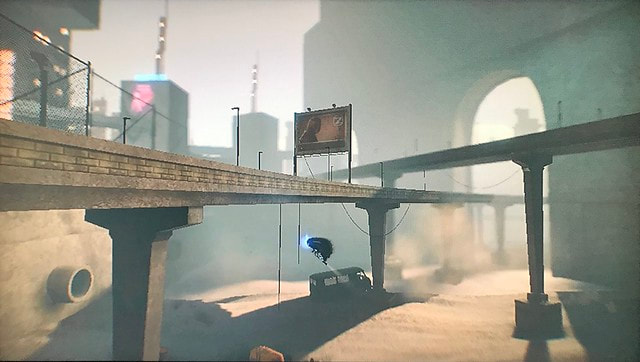
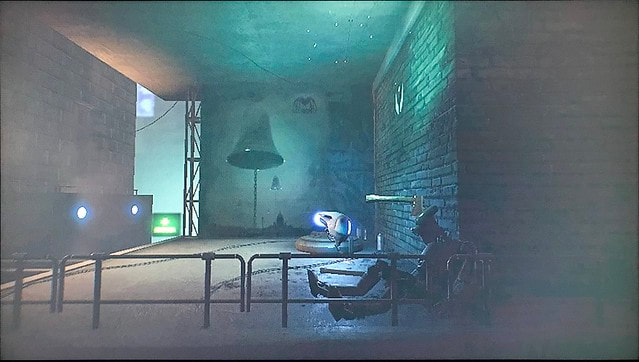
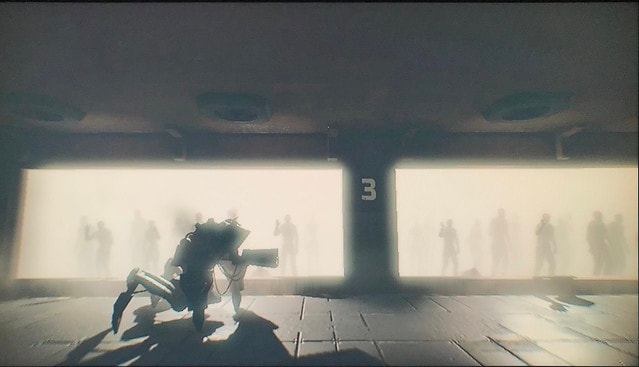
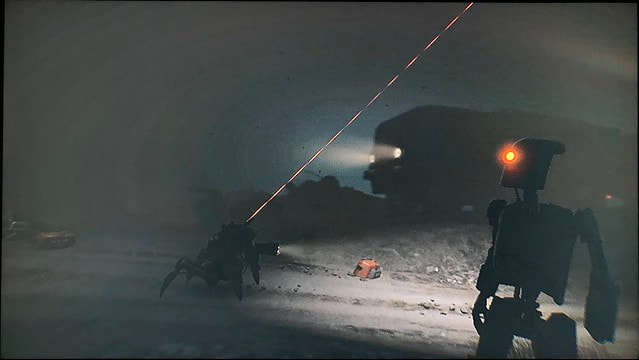
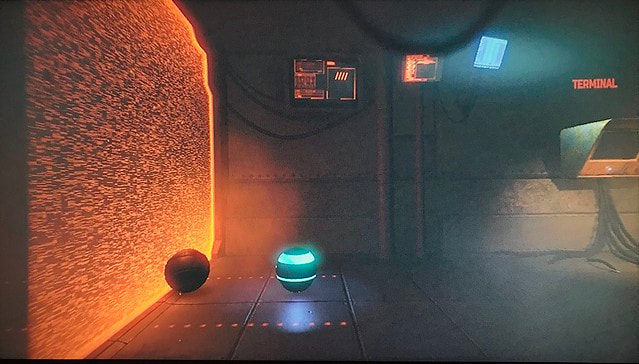
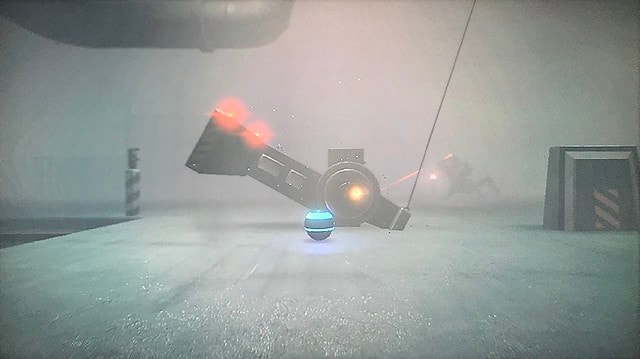
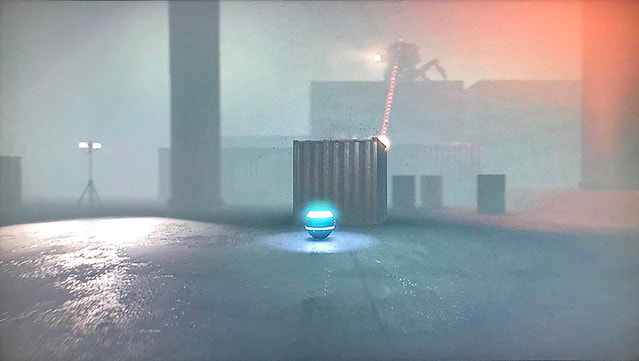
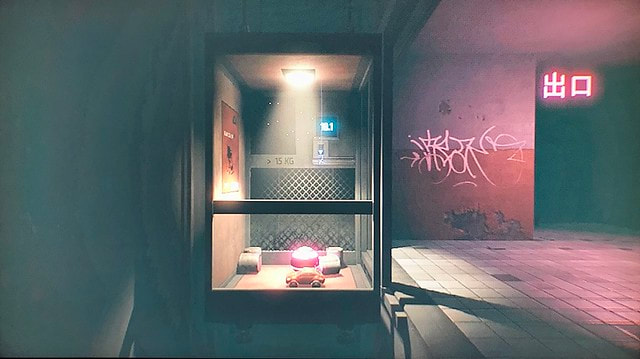
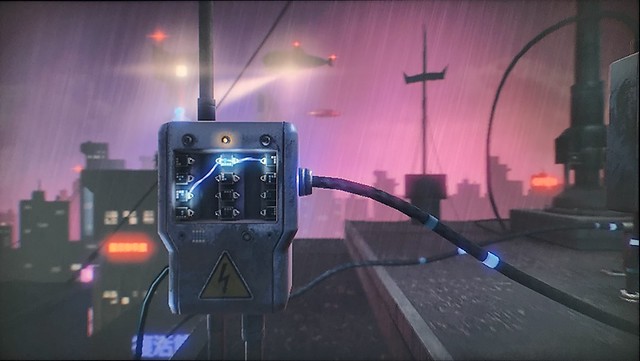
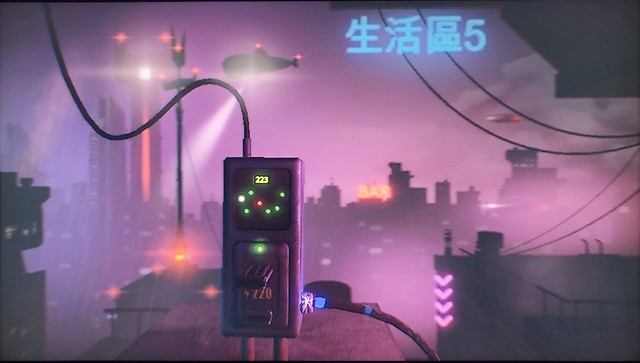
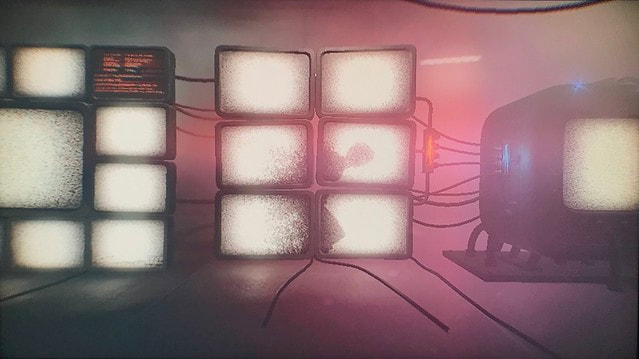
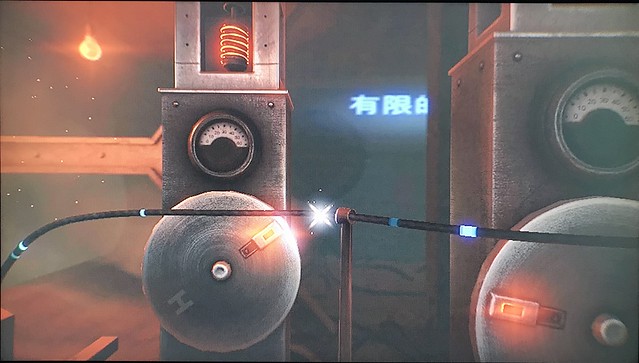
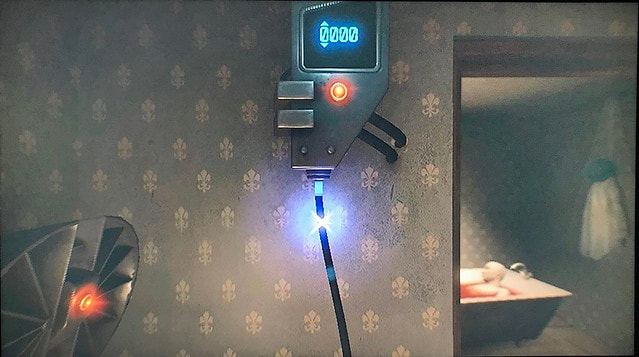
 RSS Feed
RSS Feed